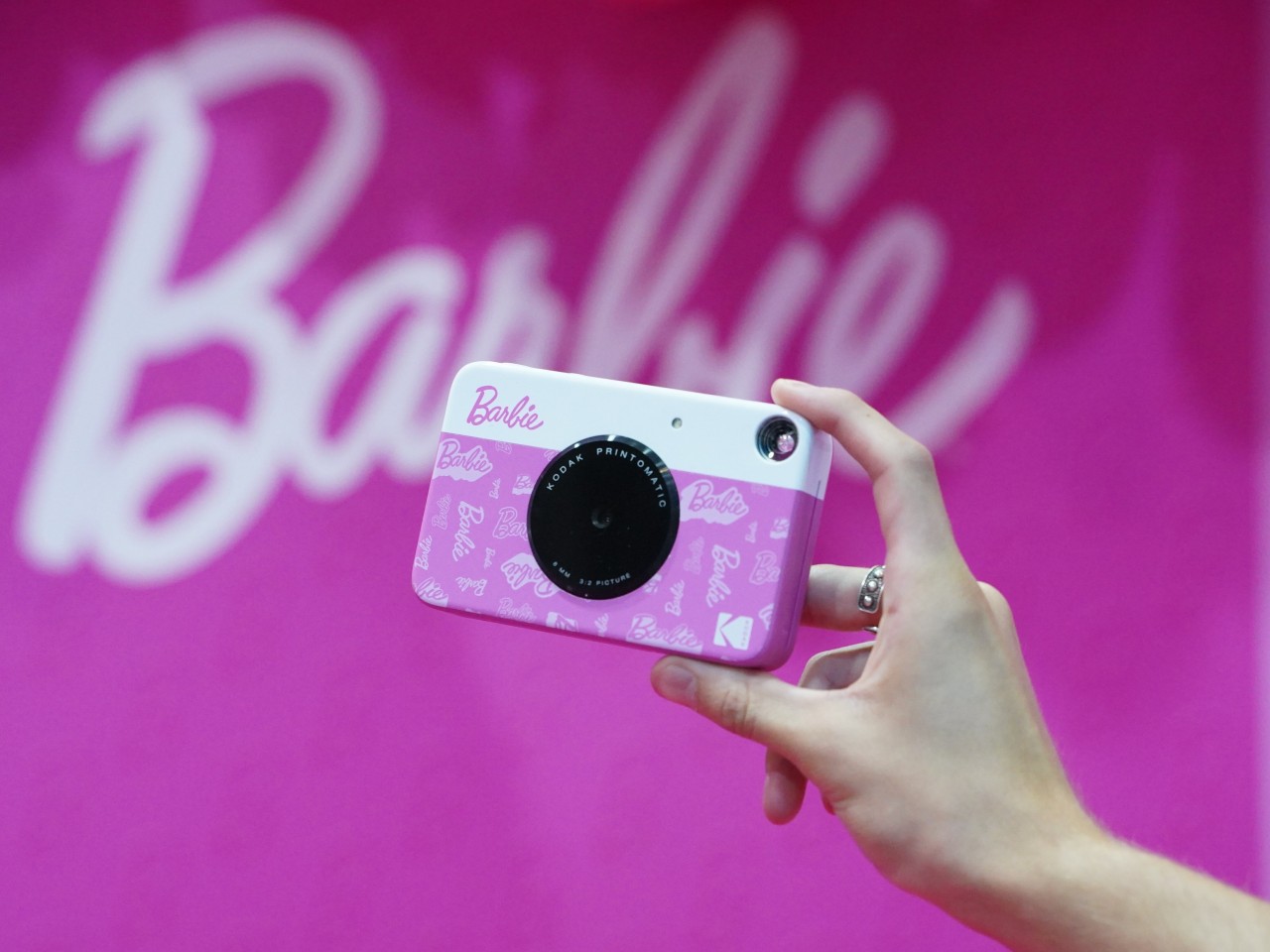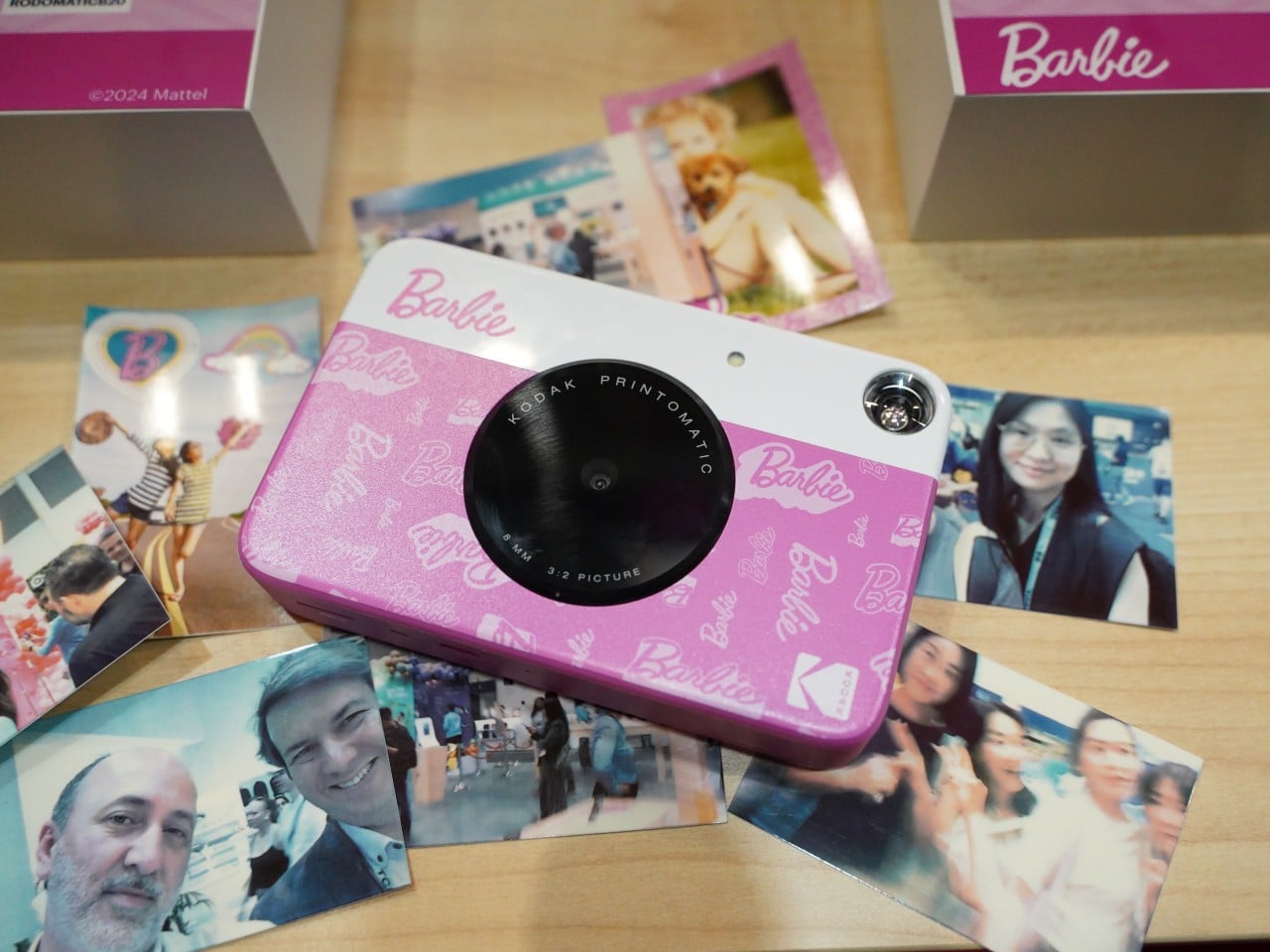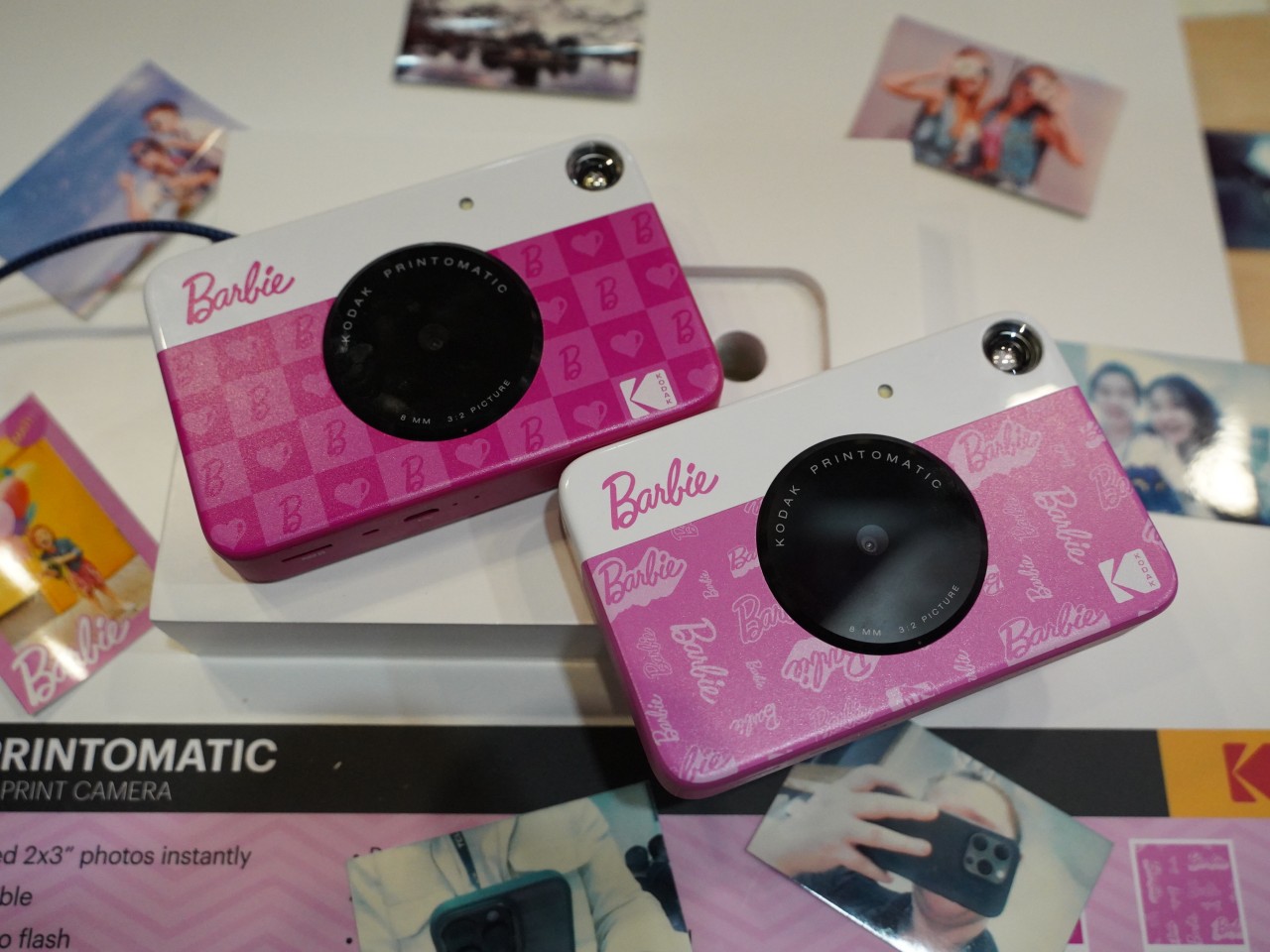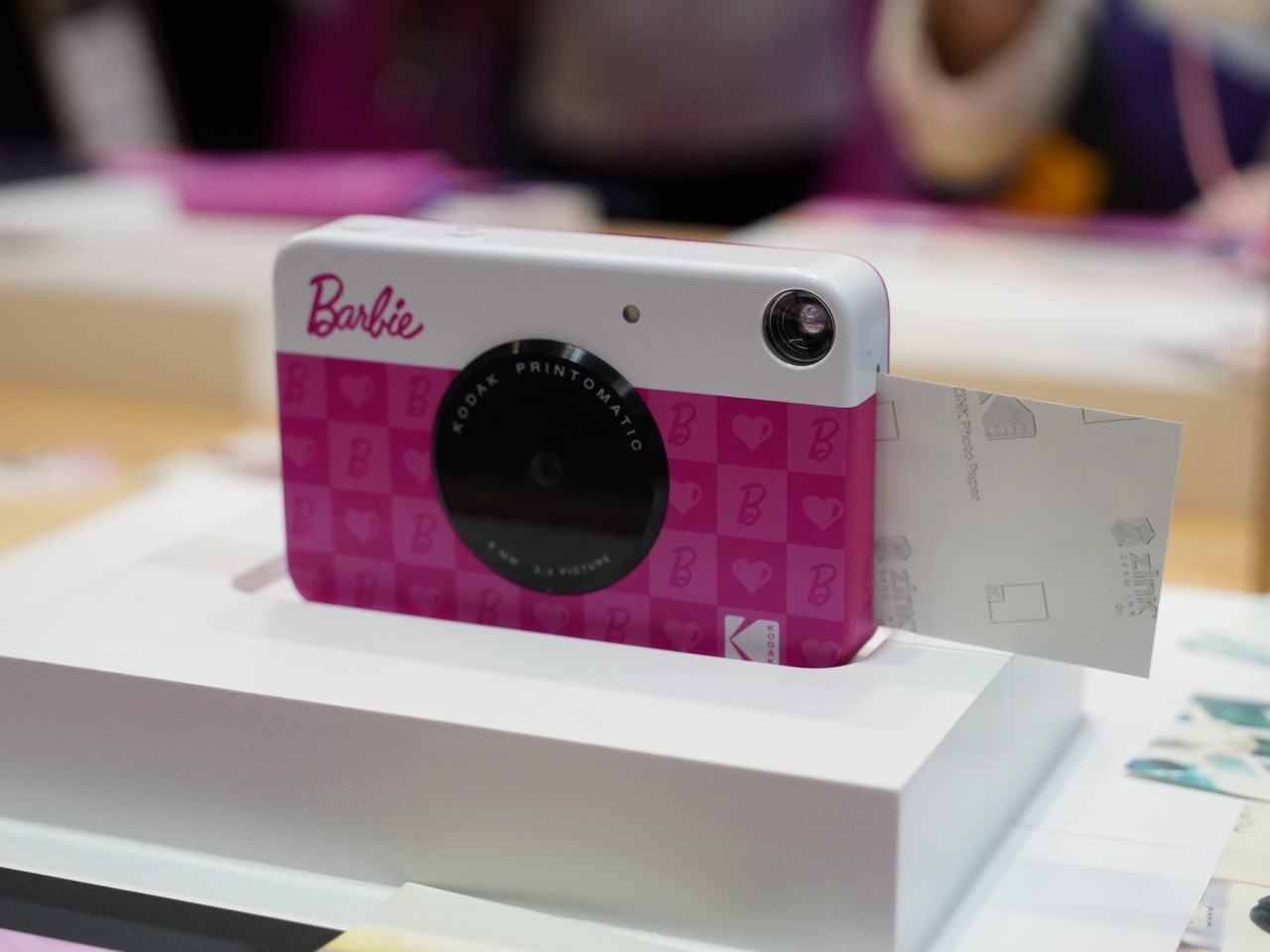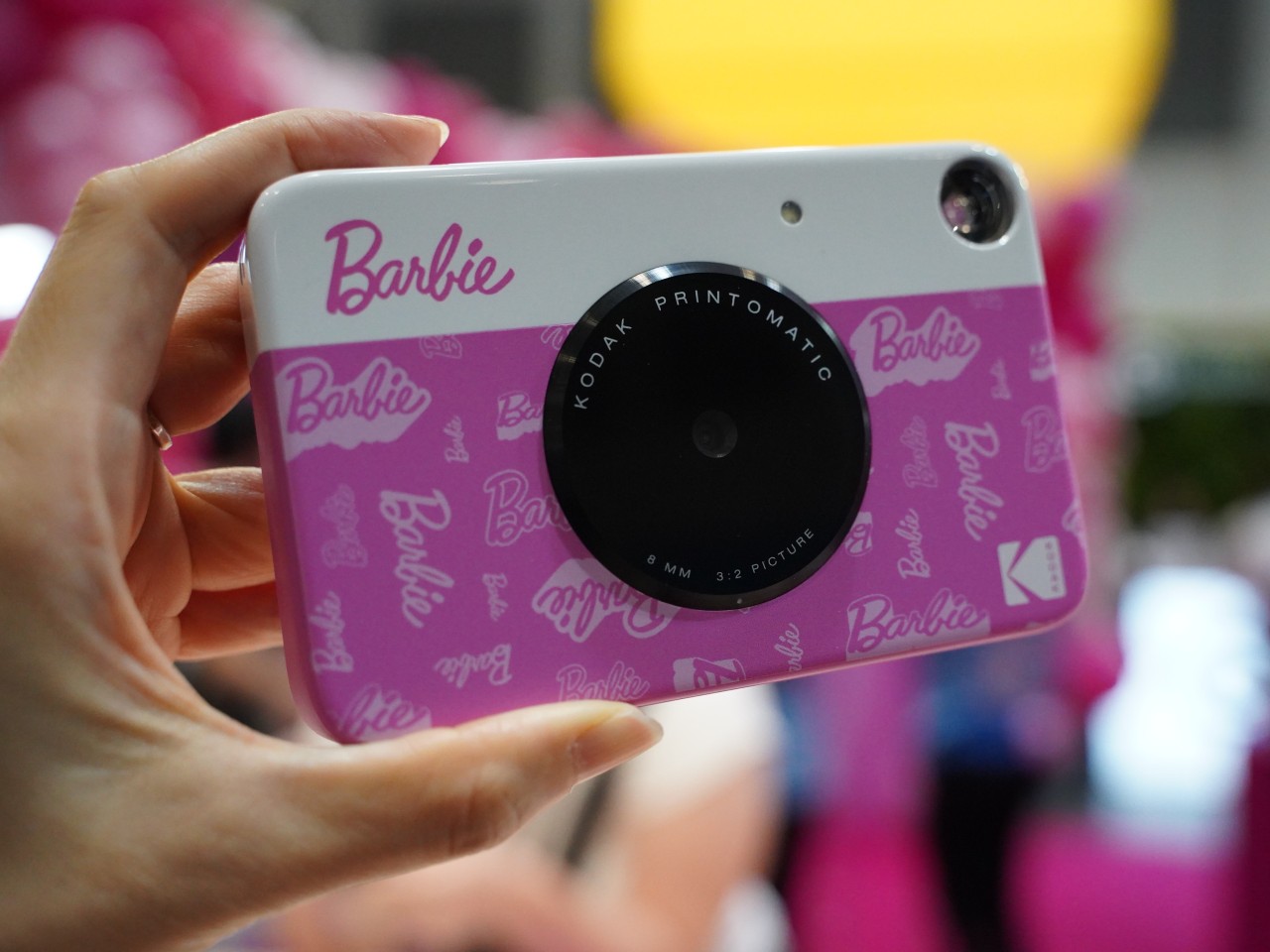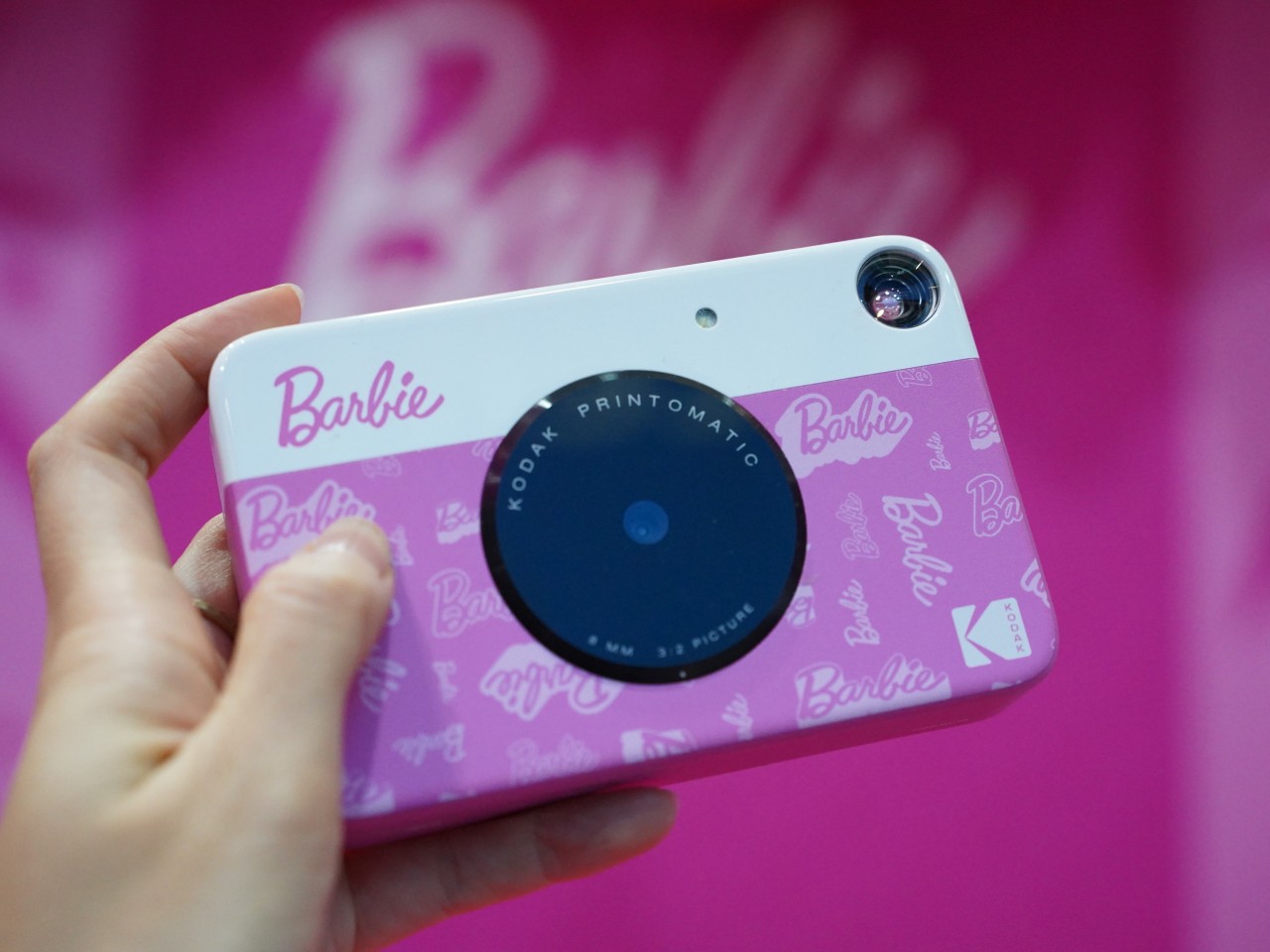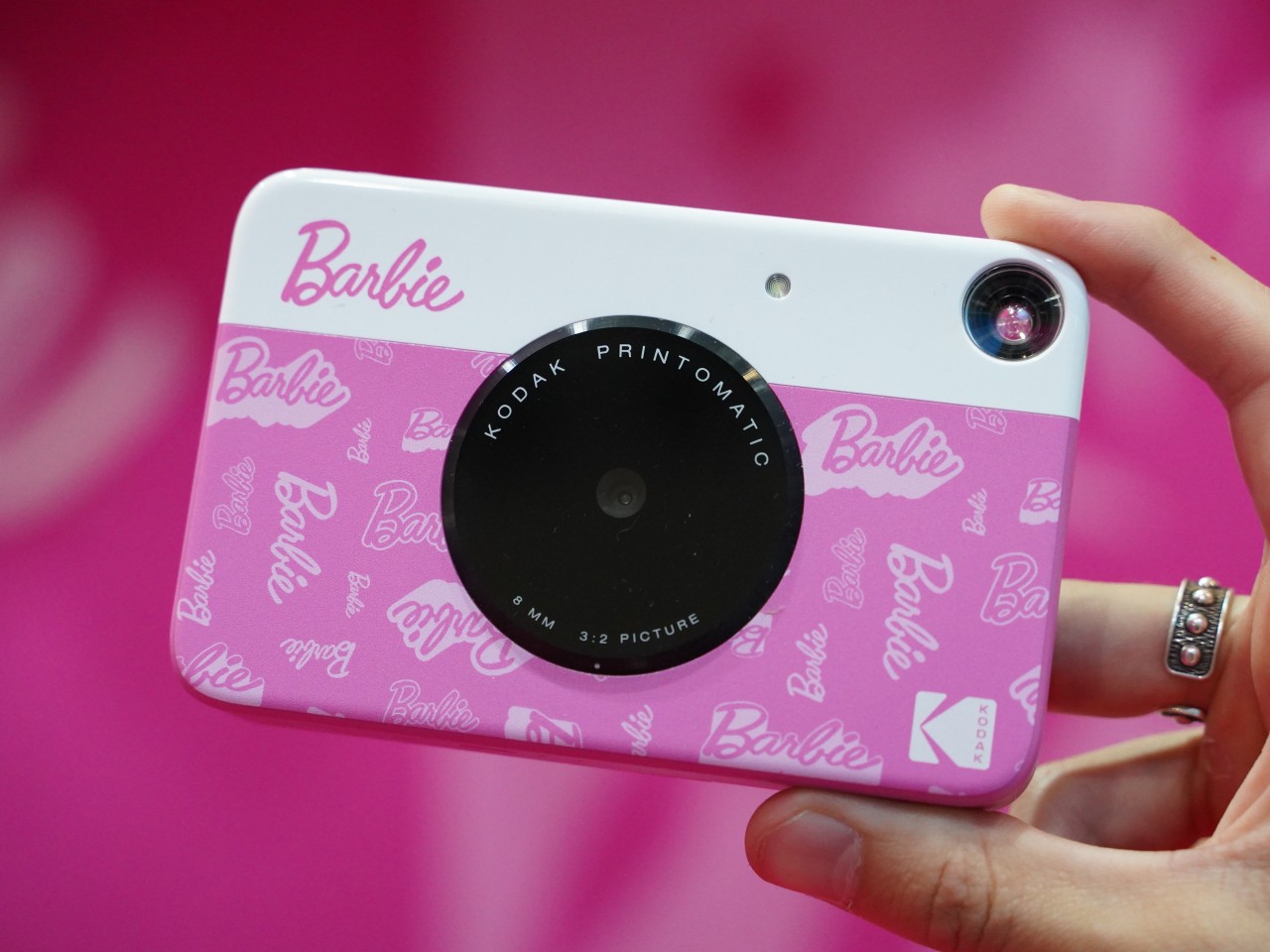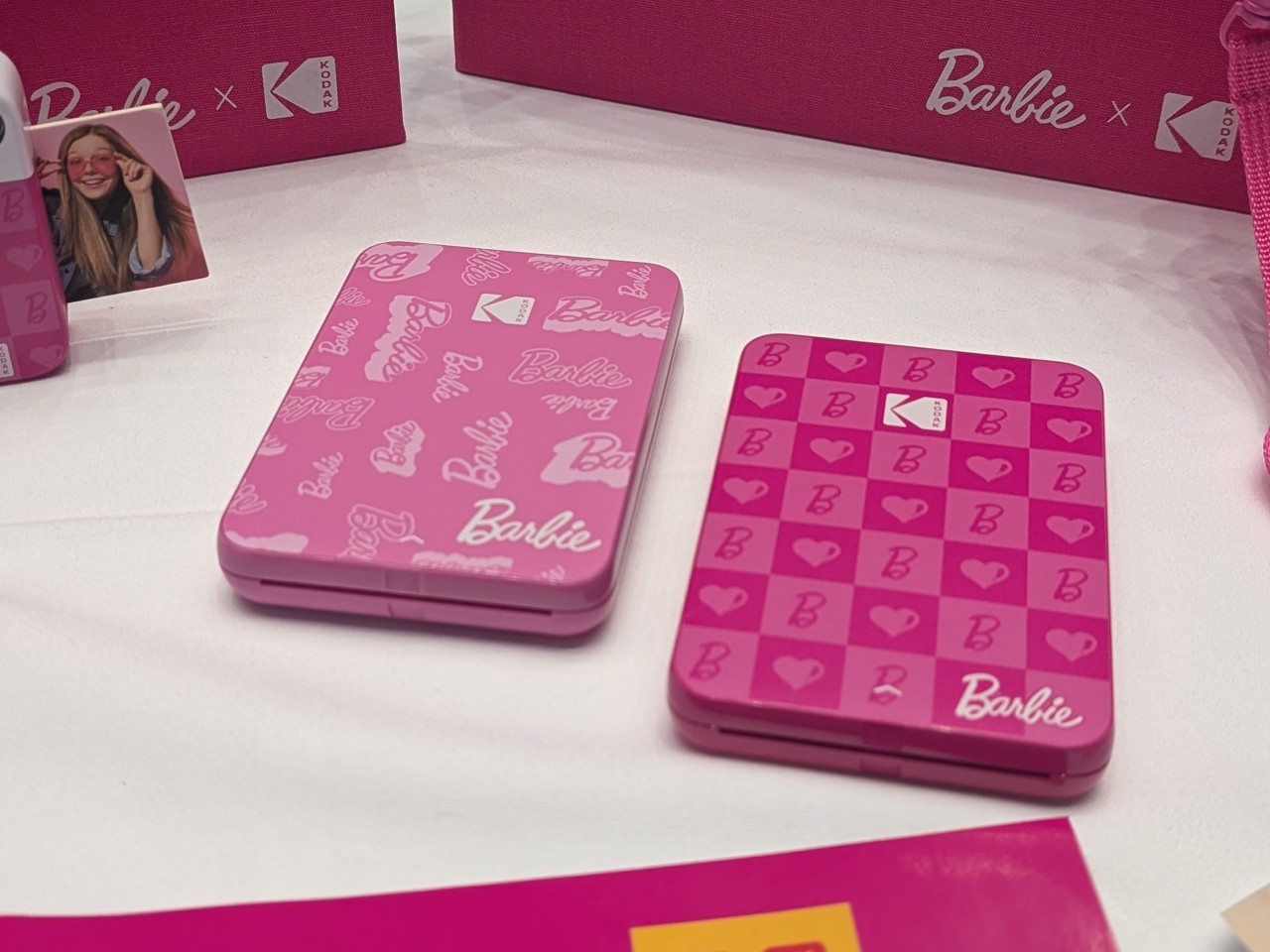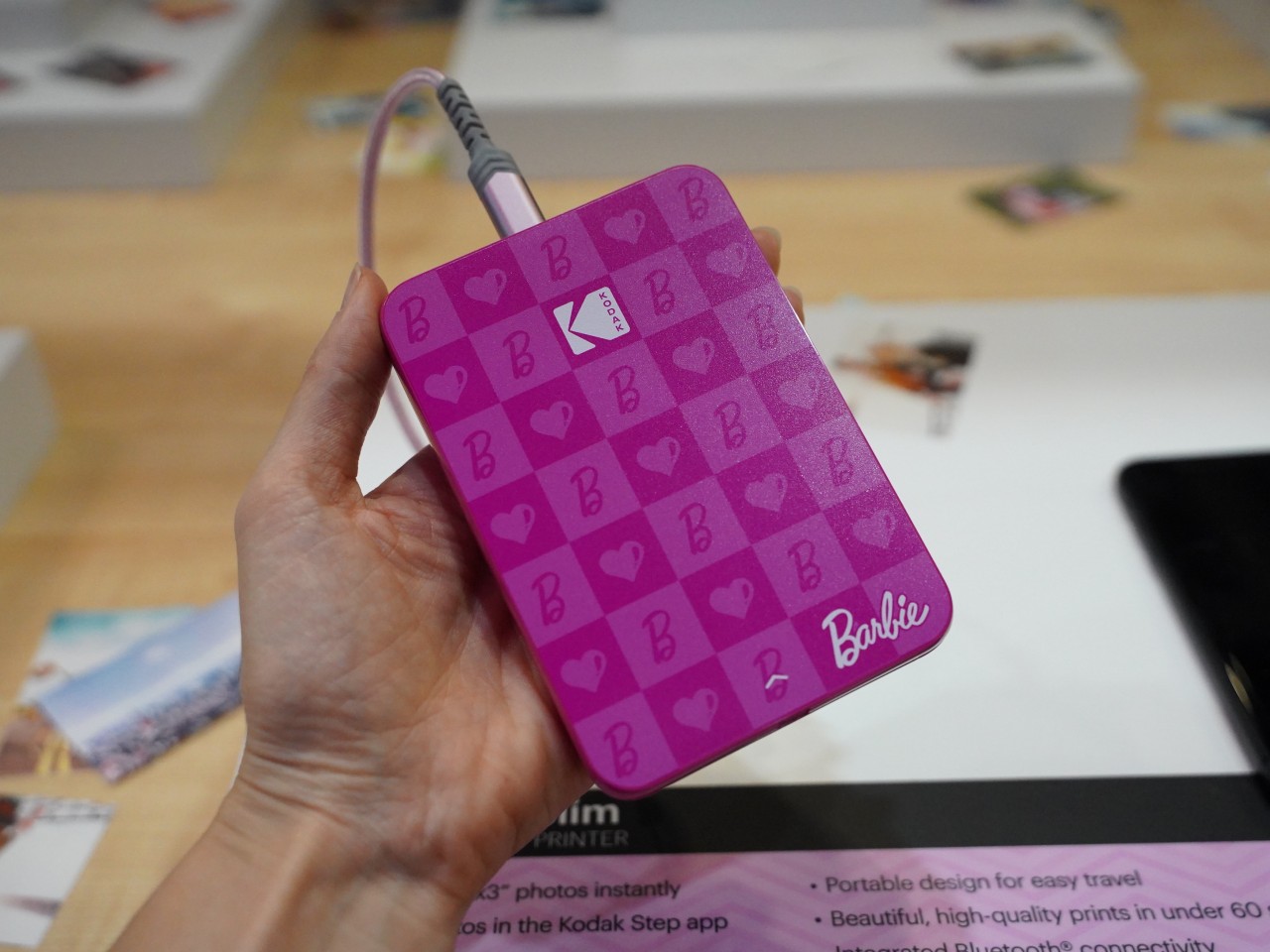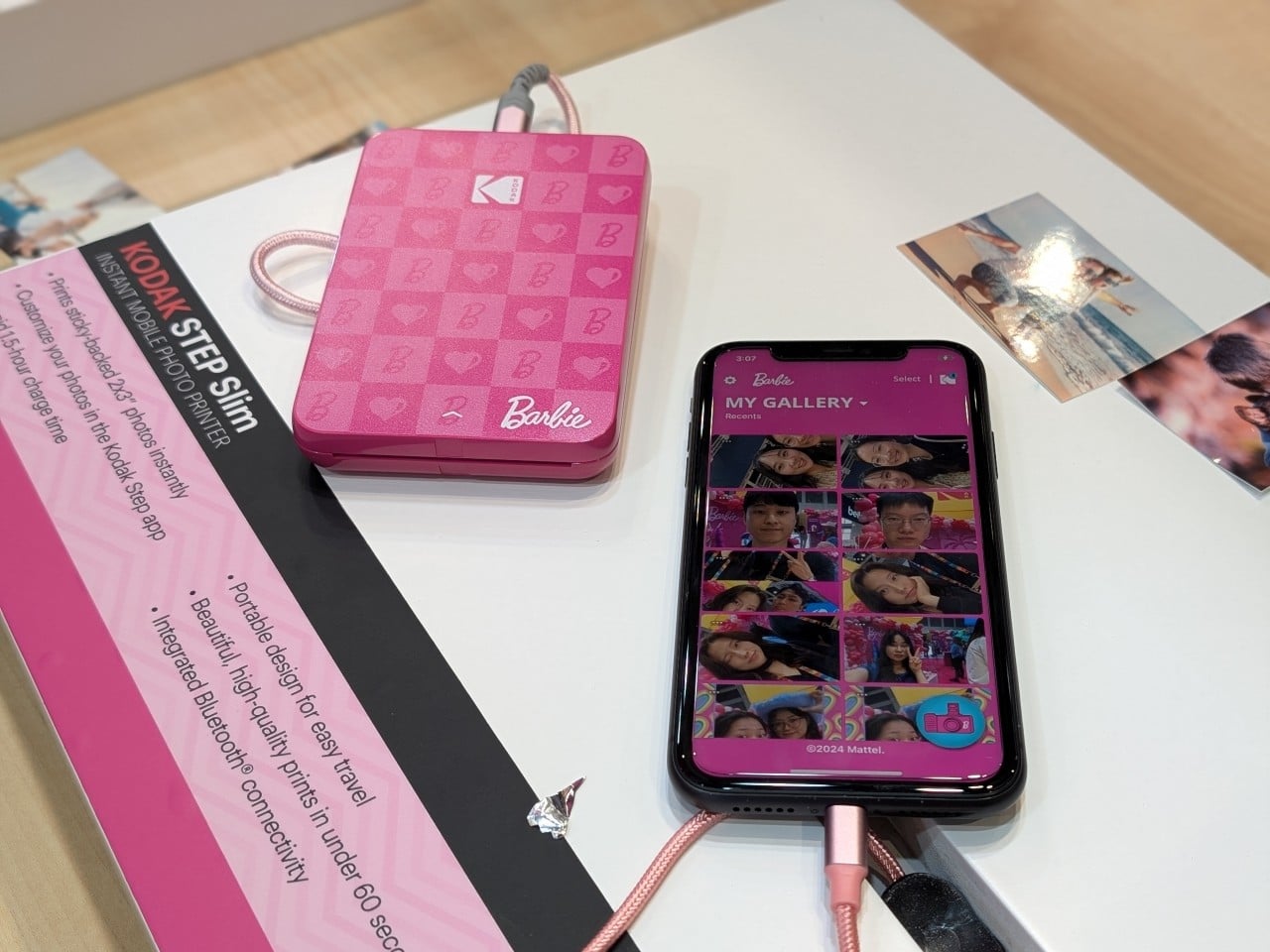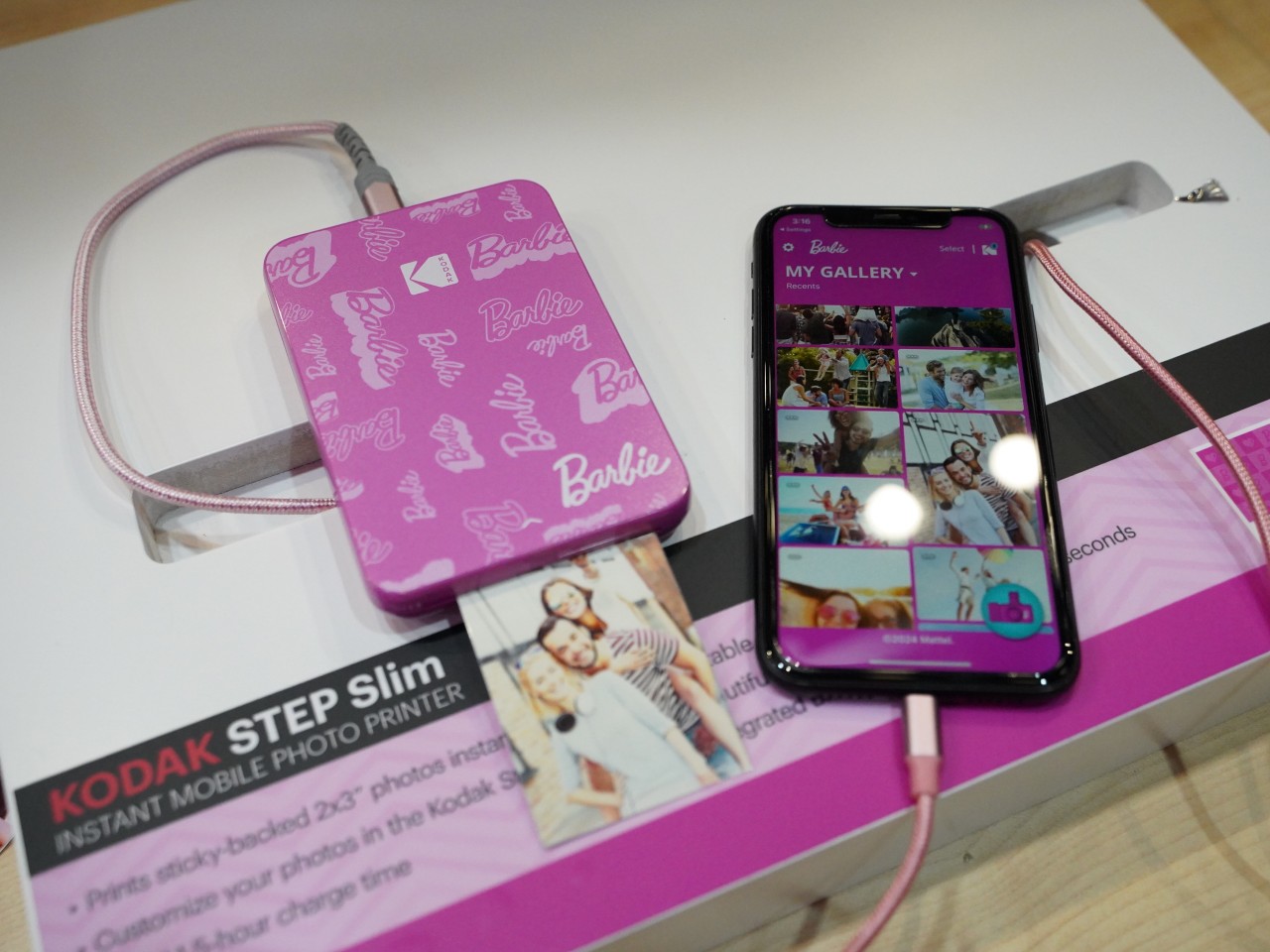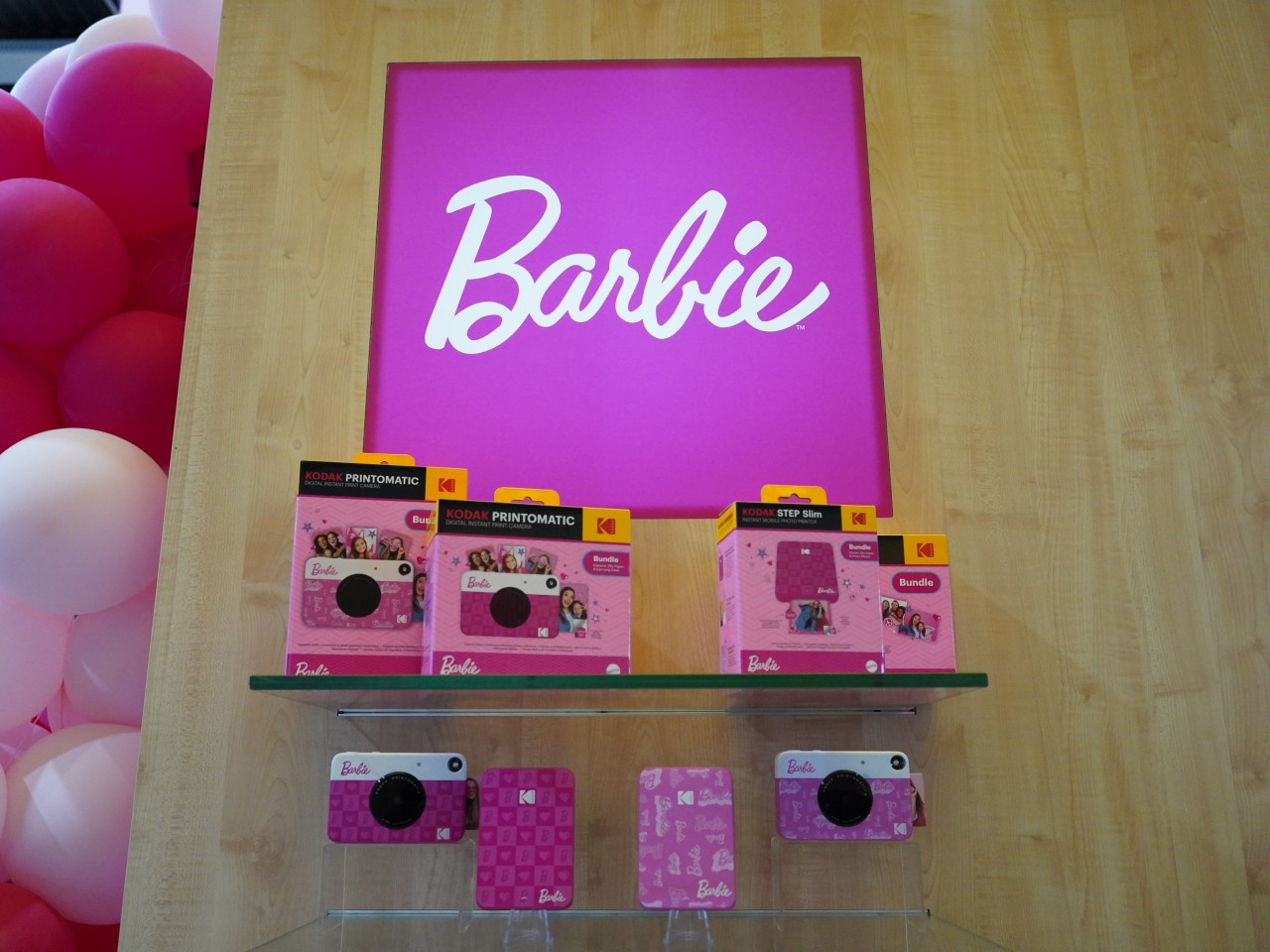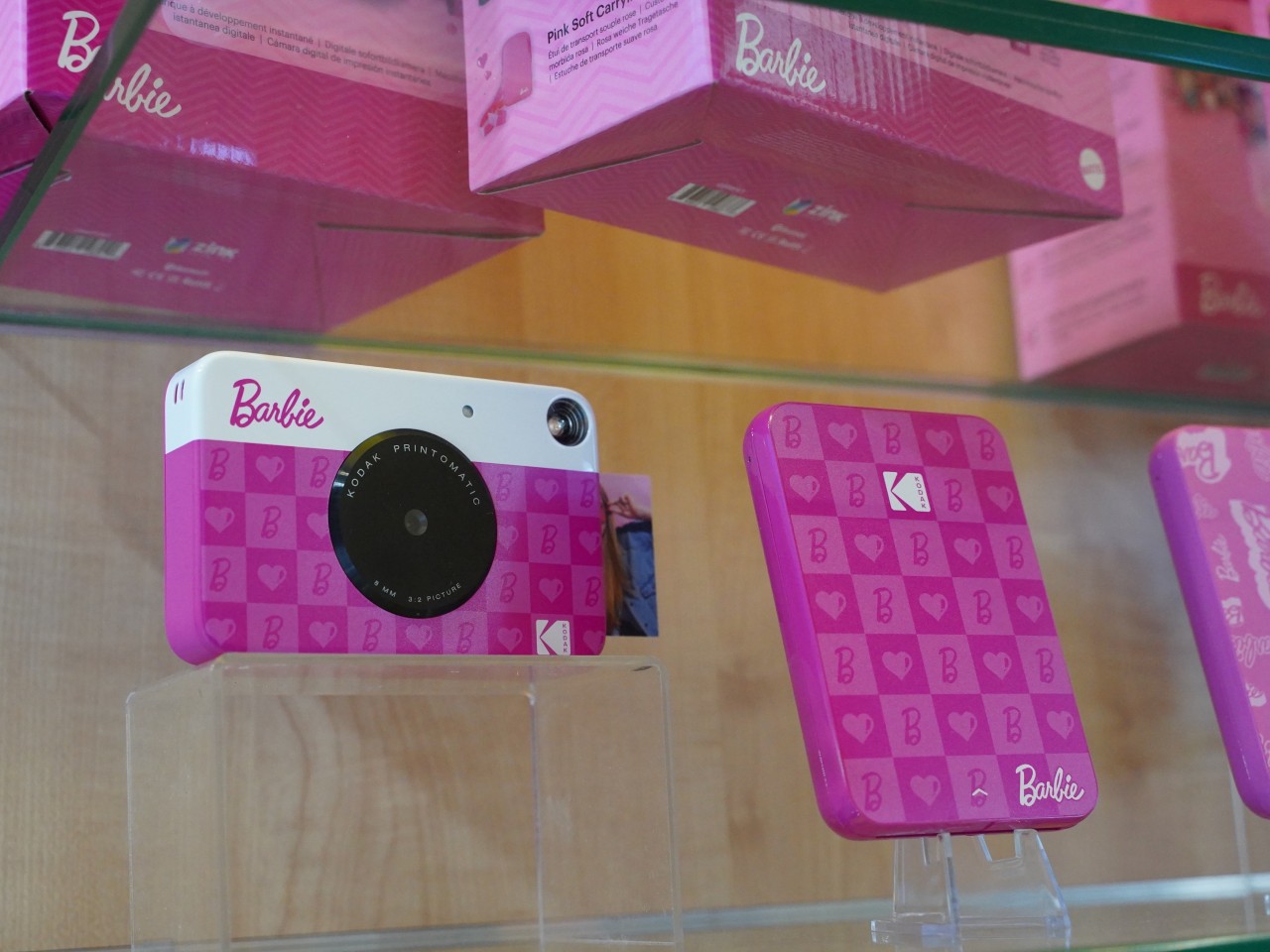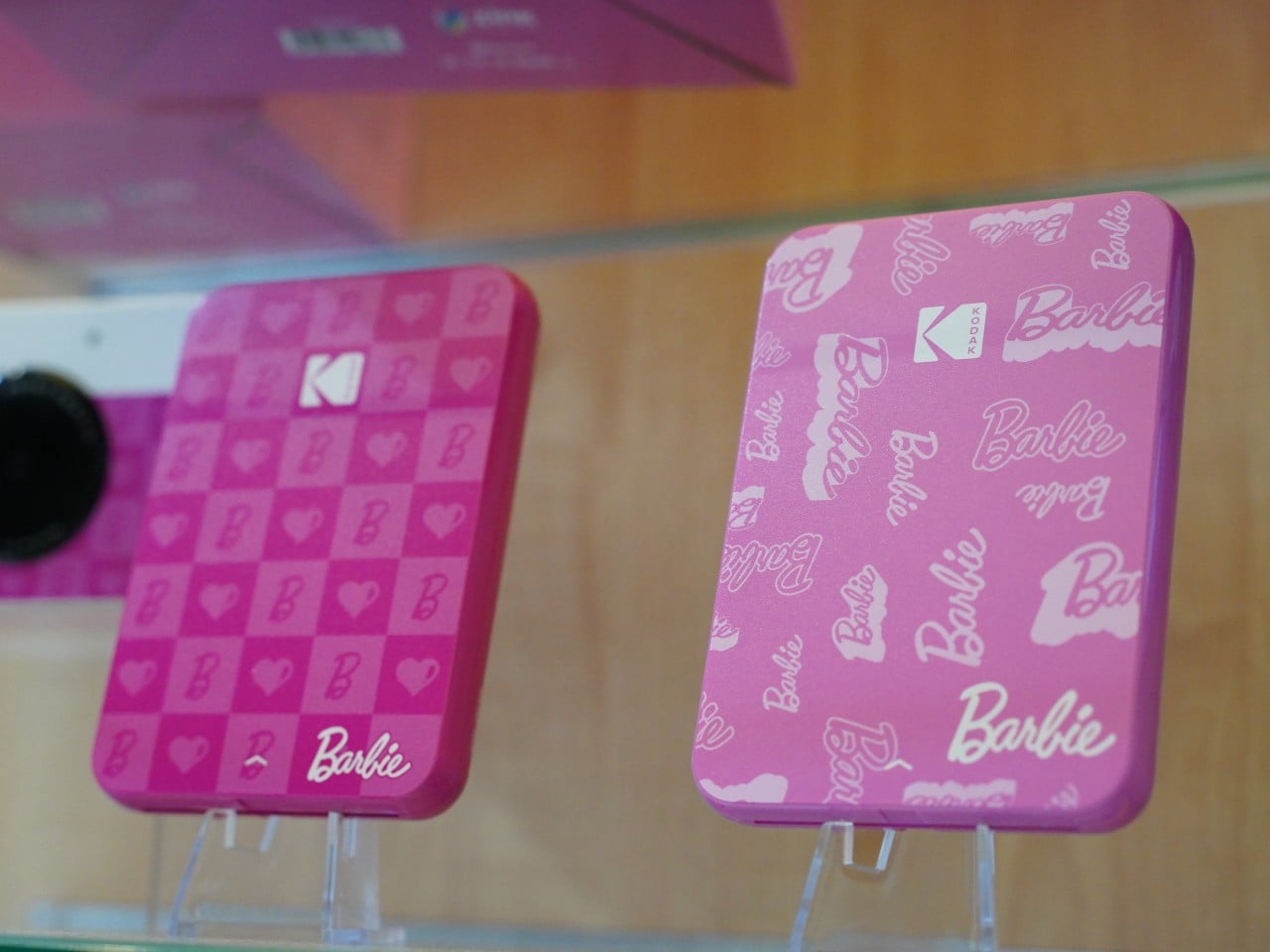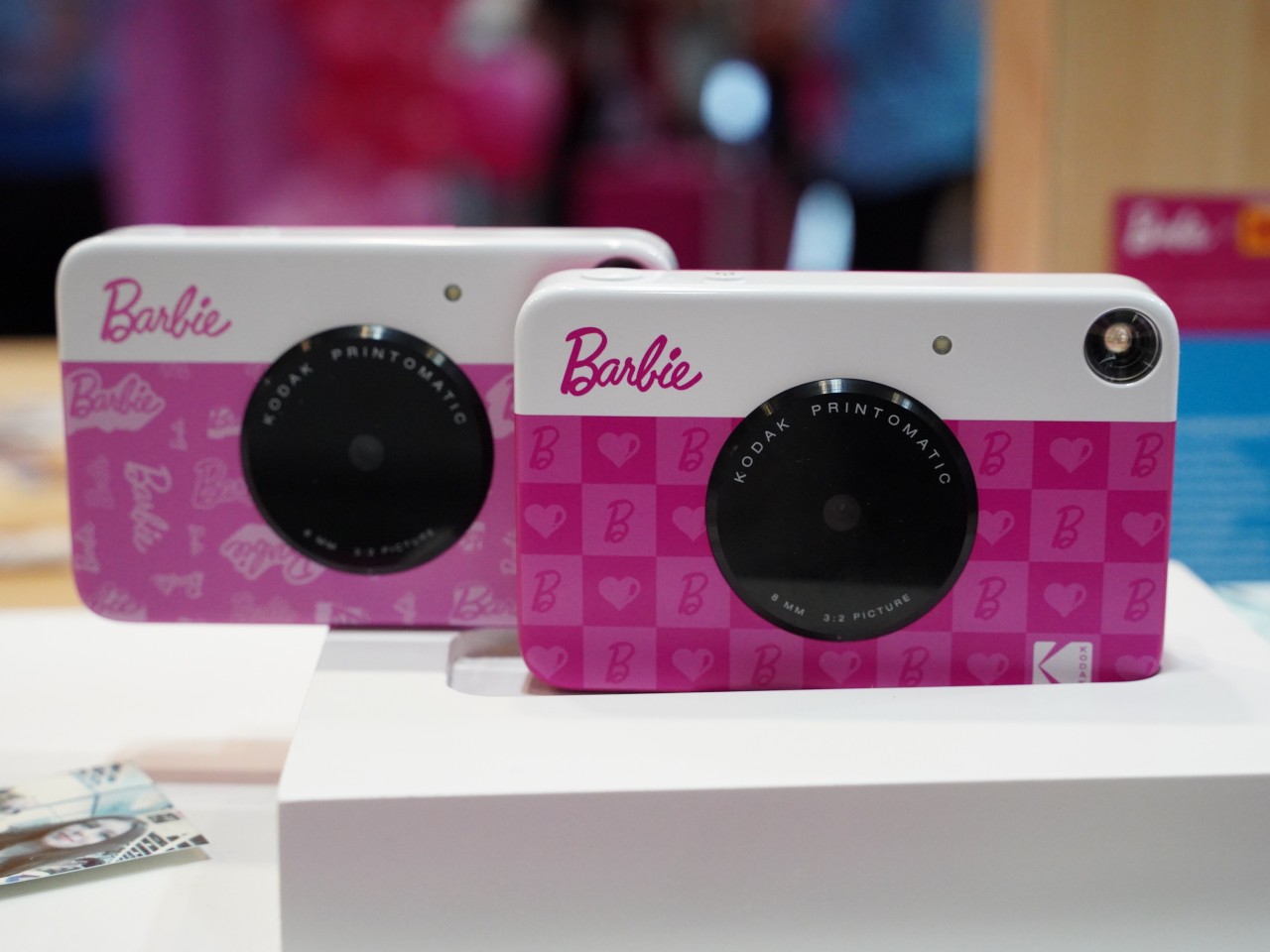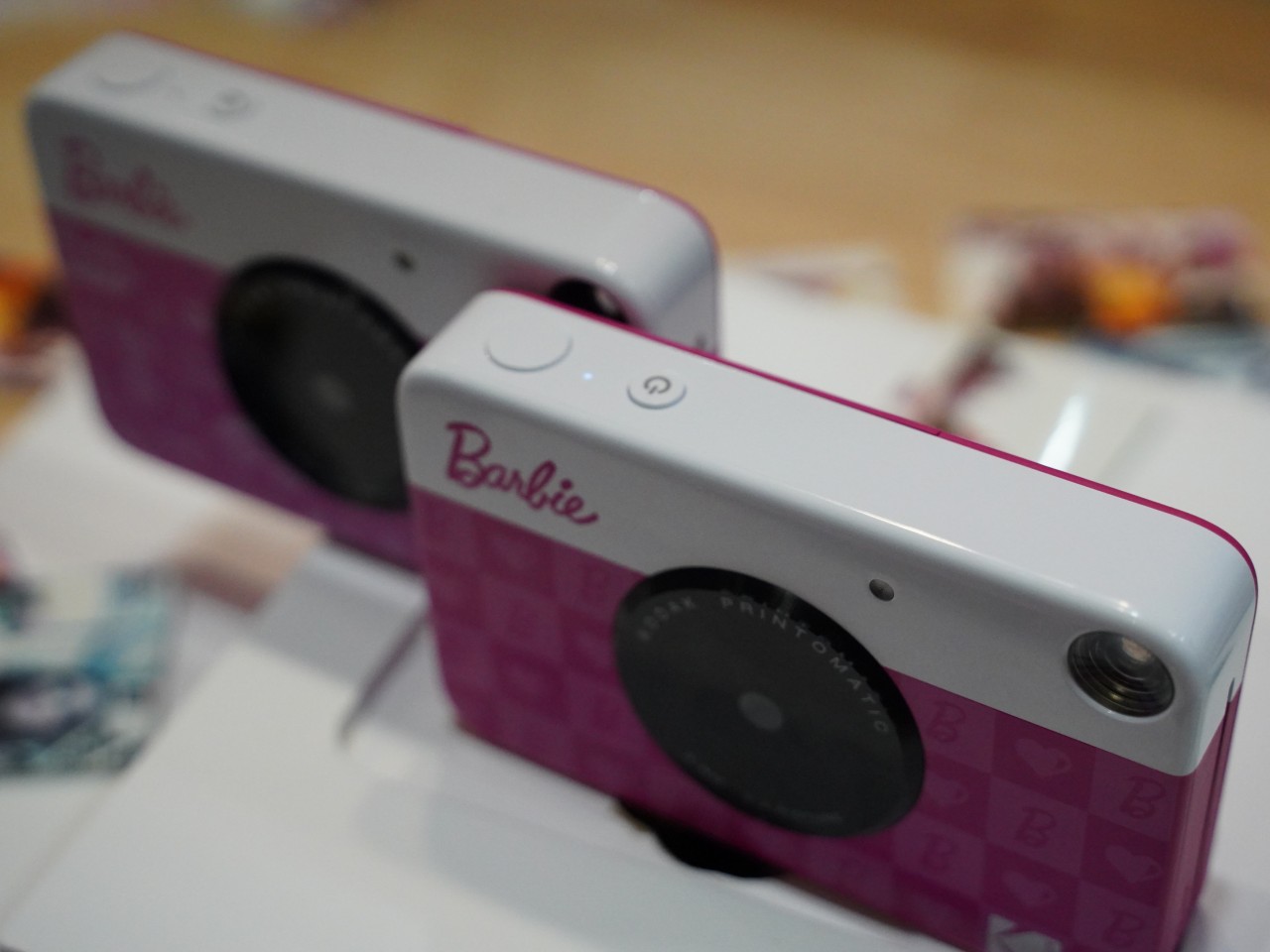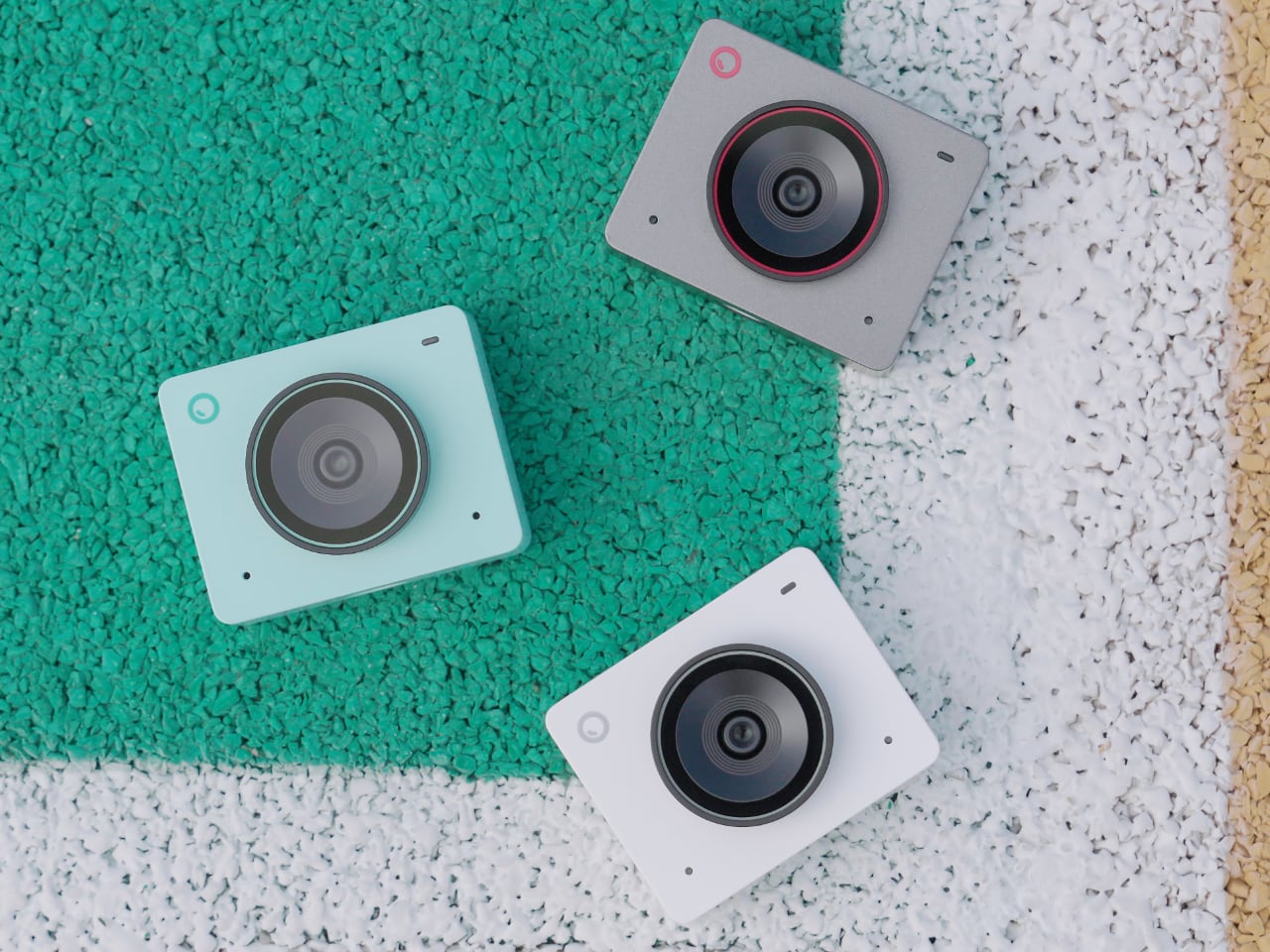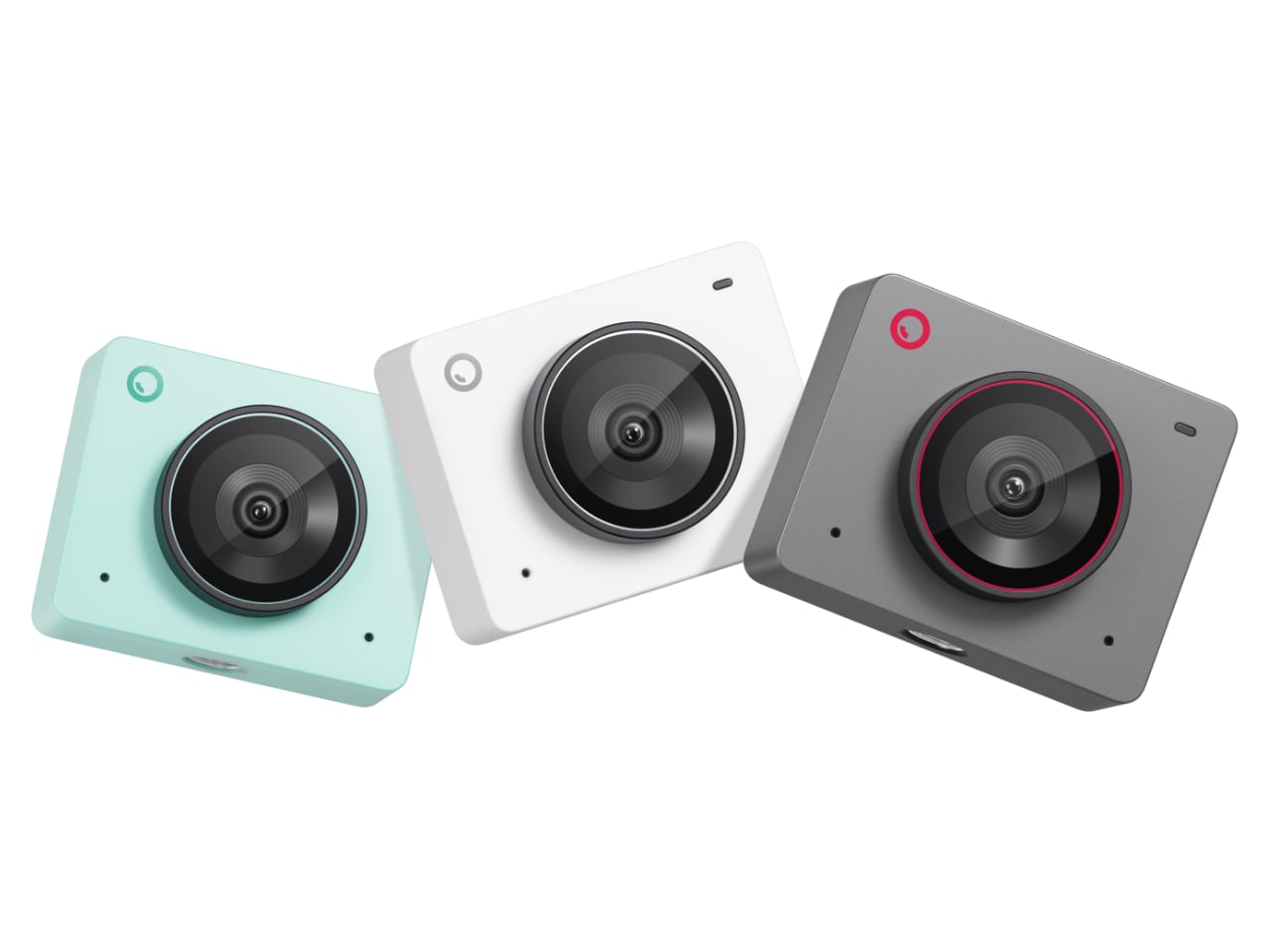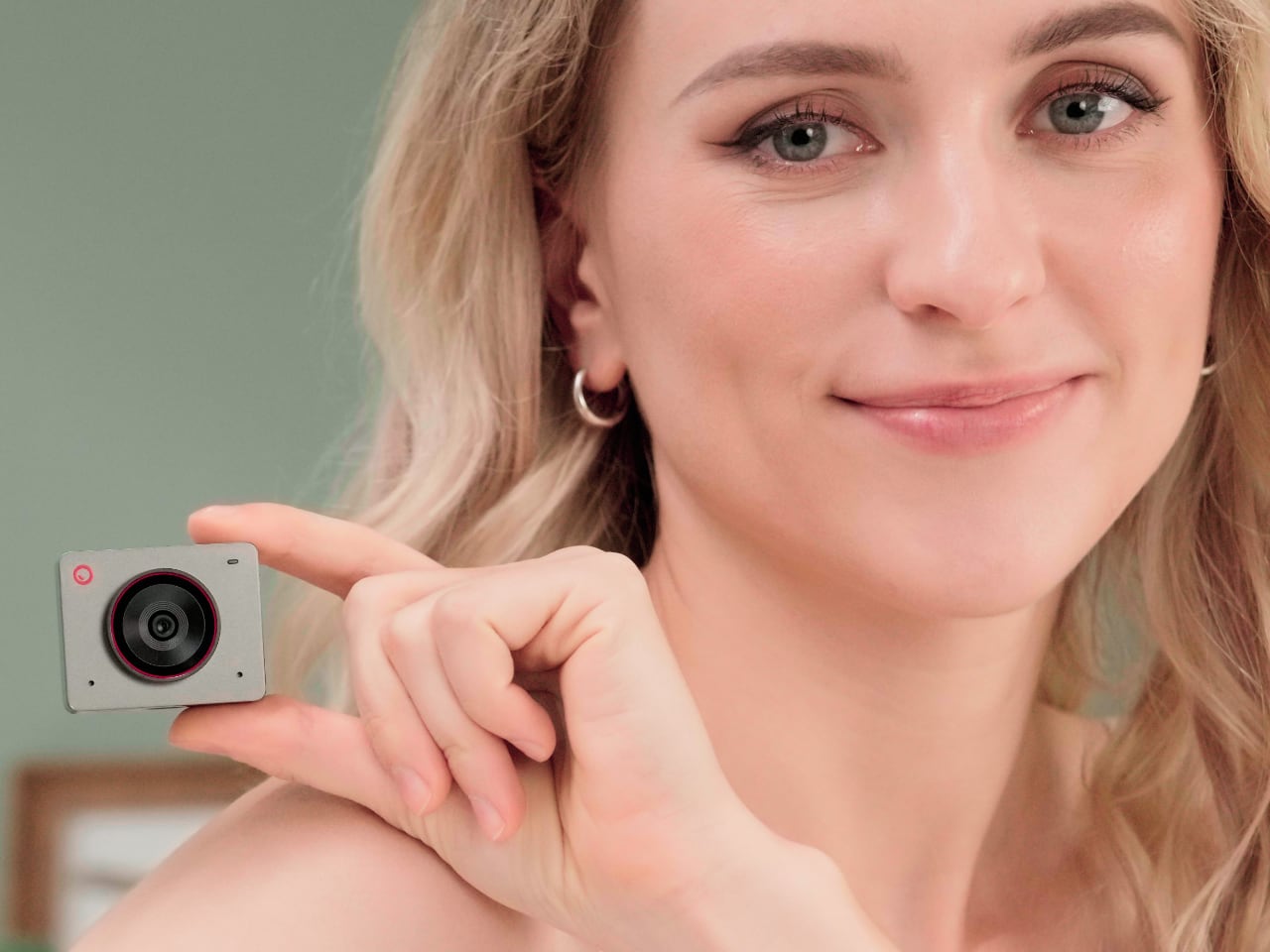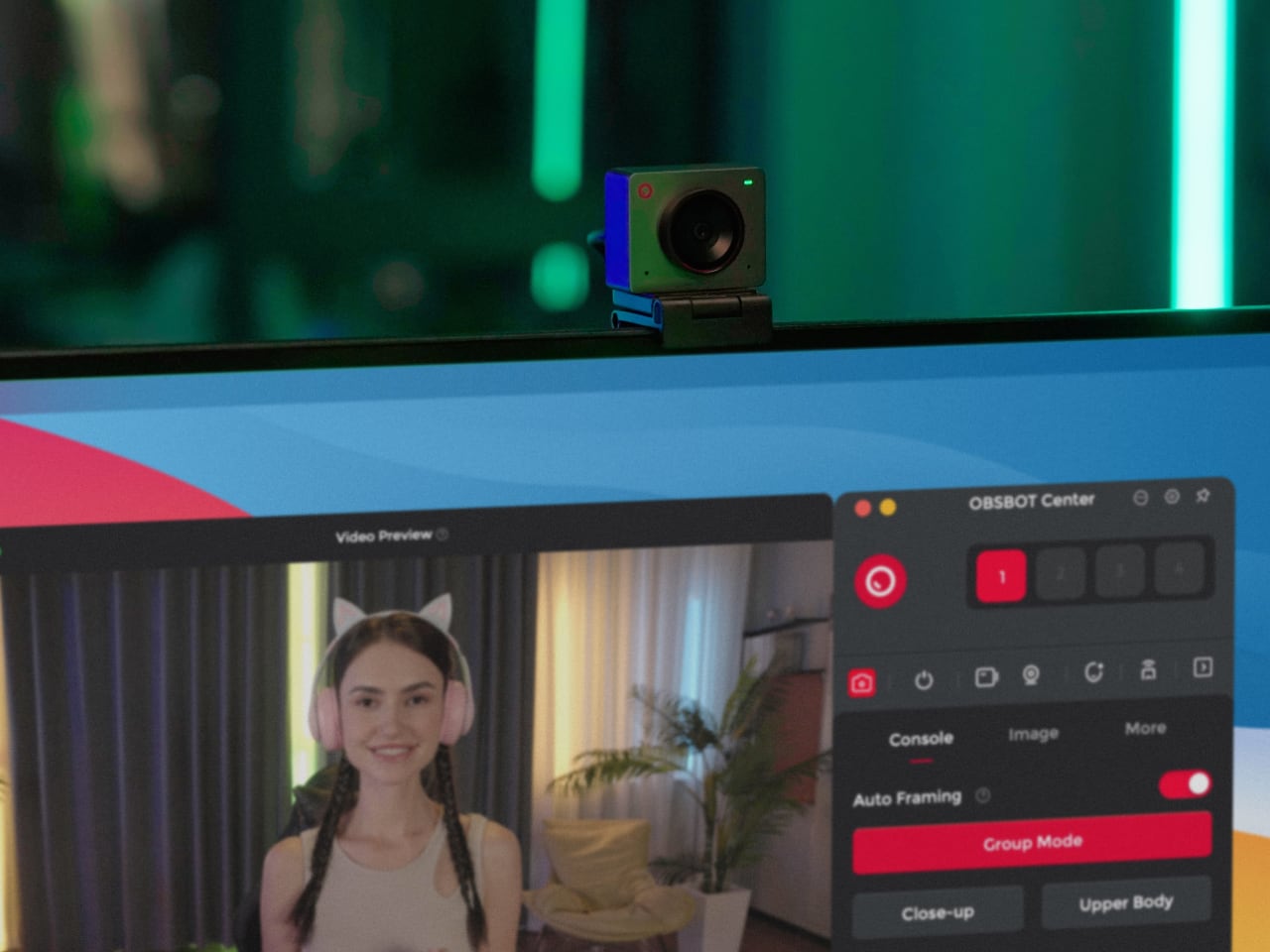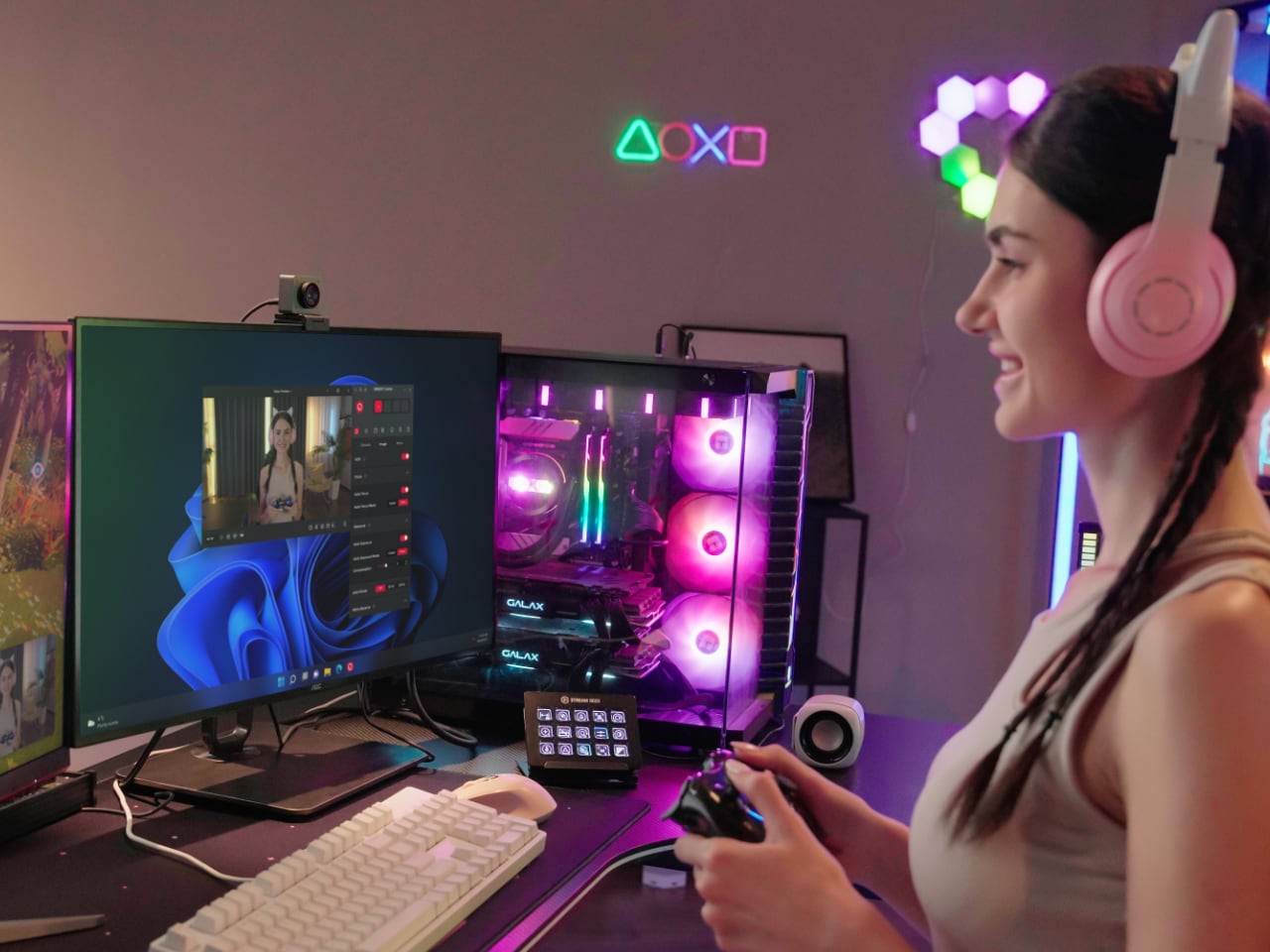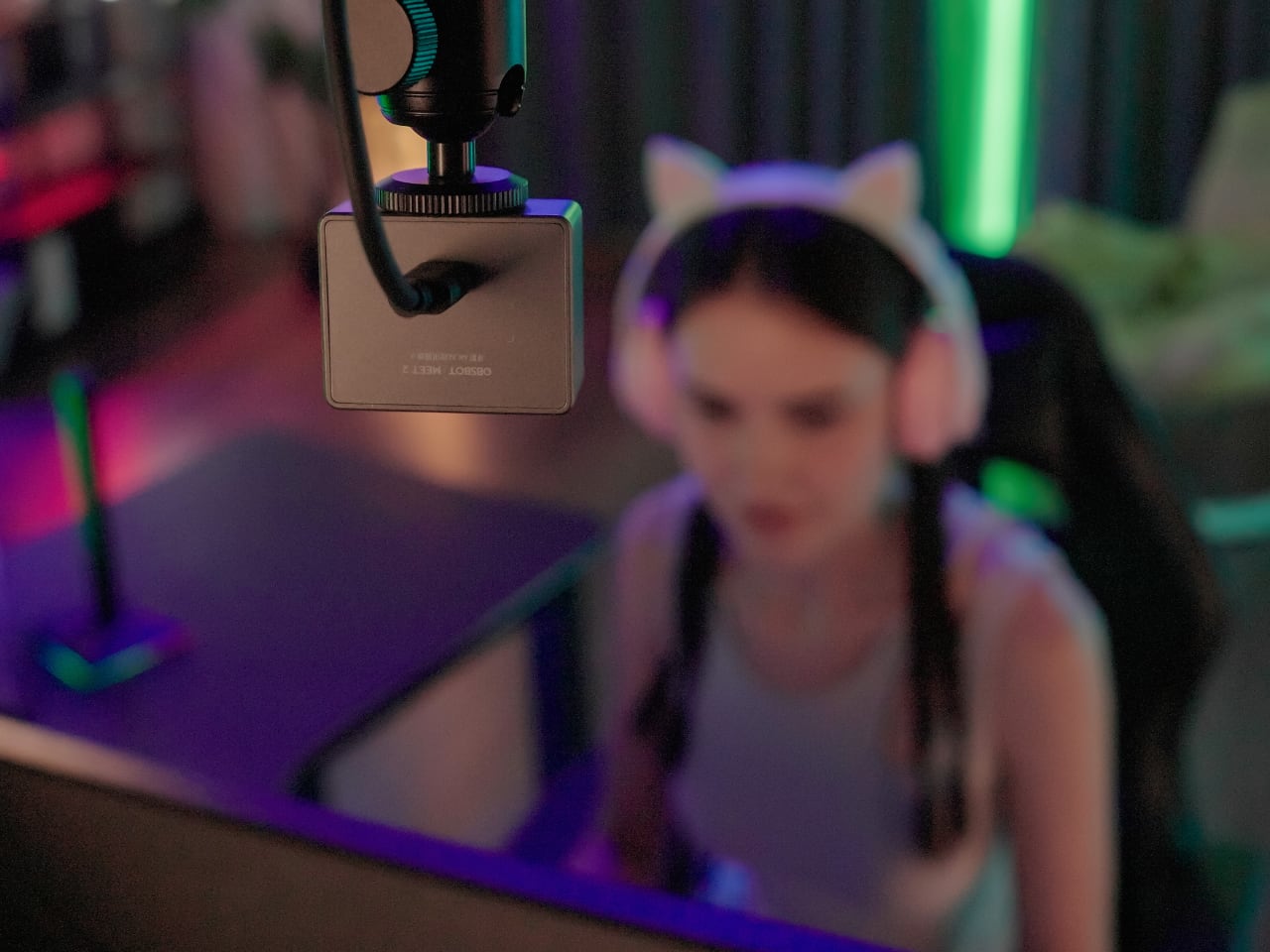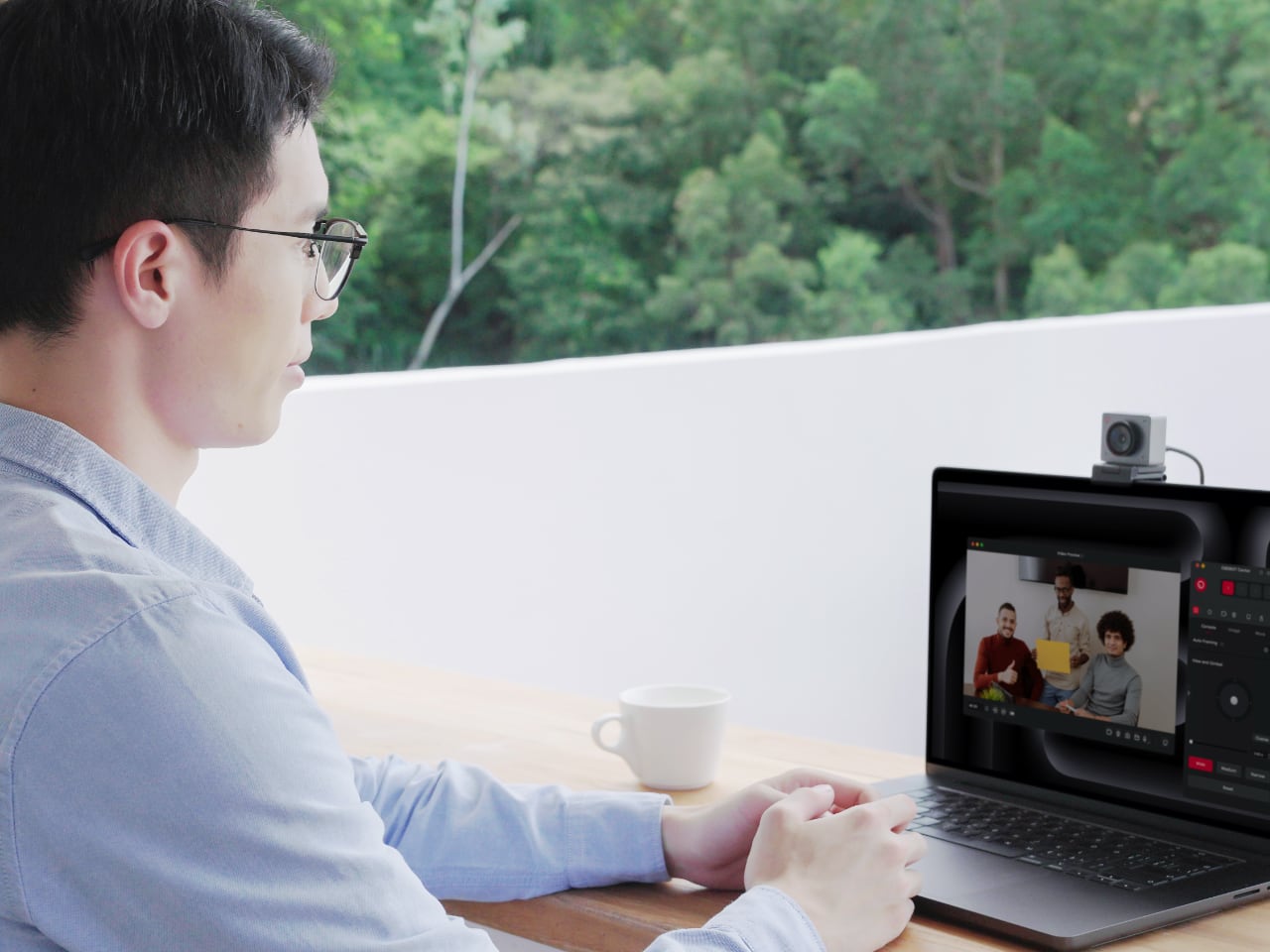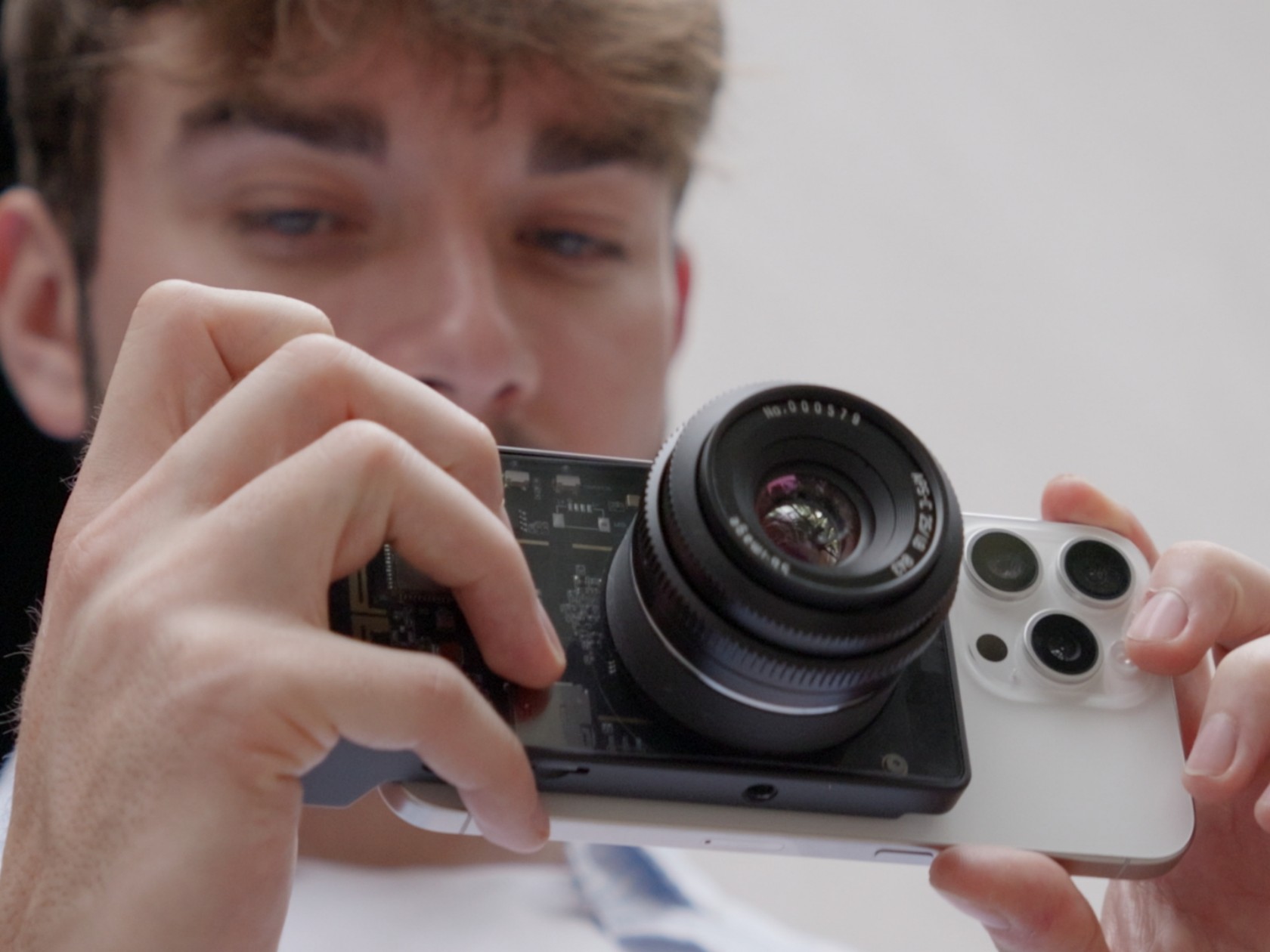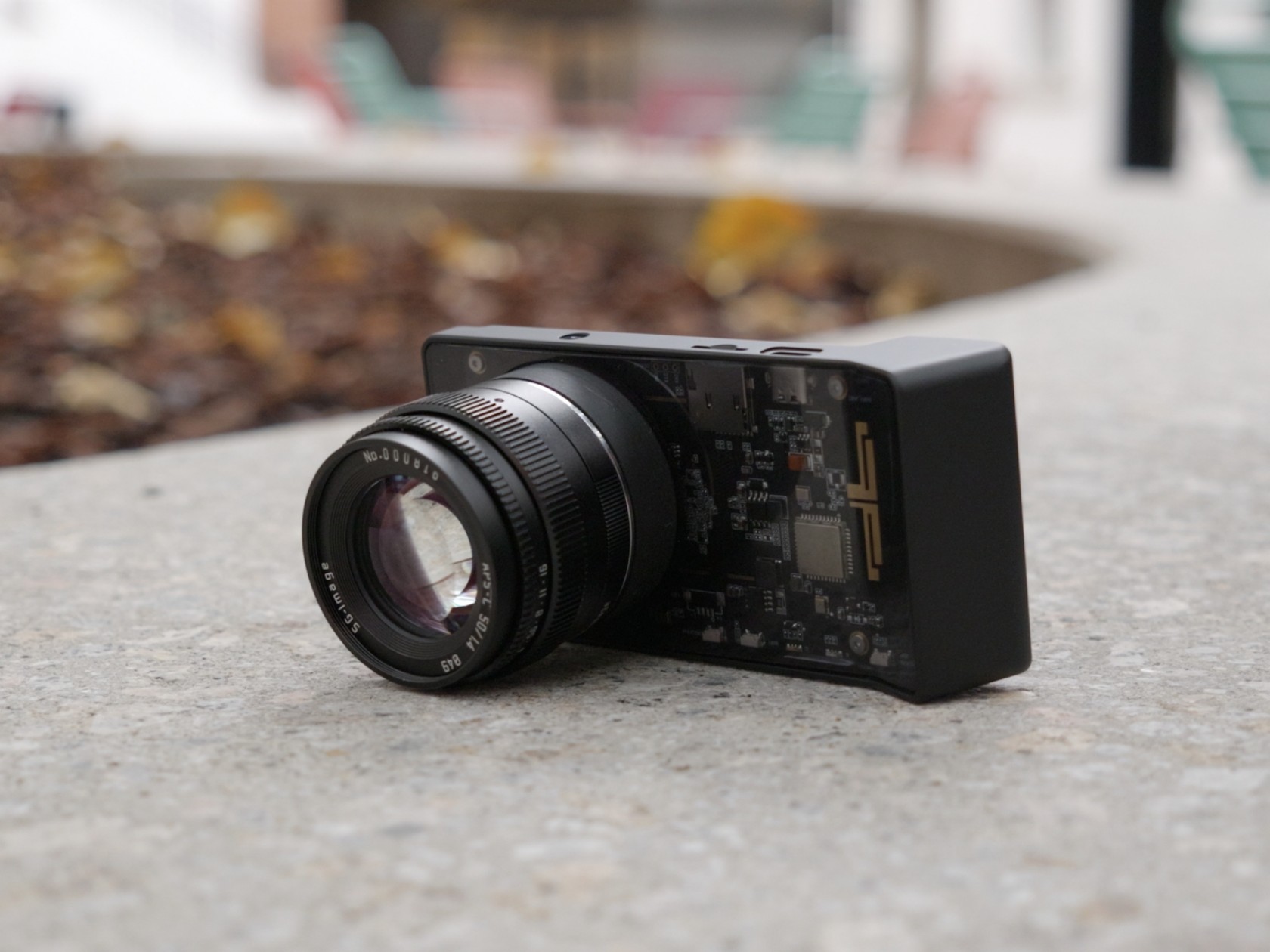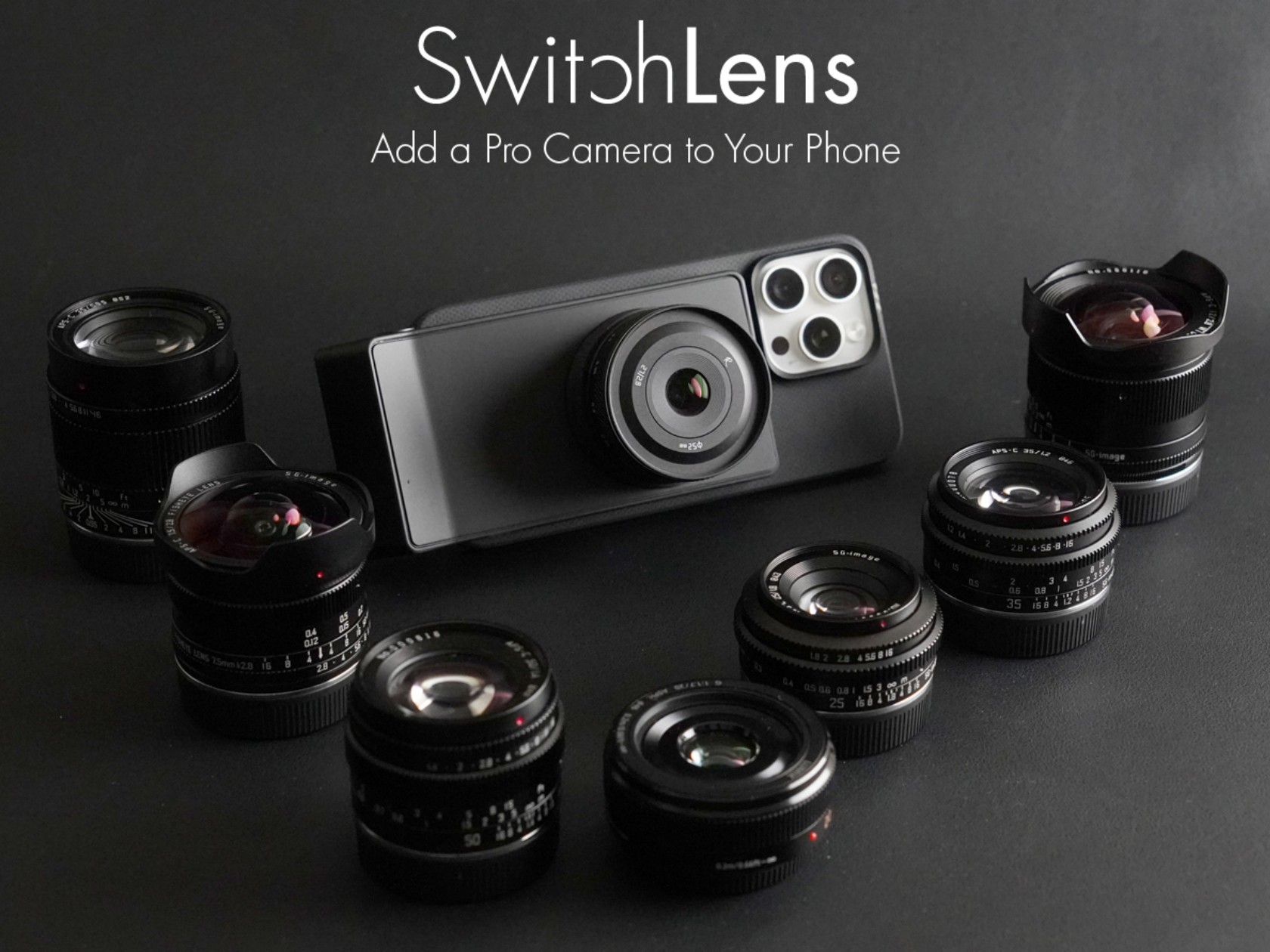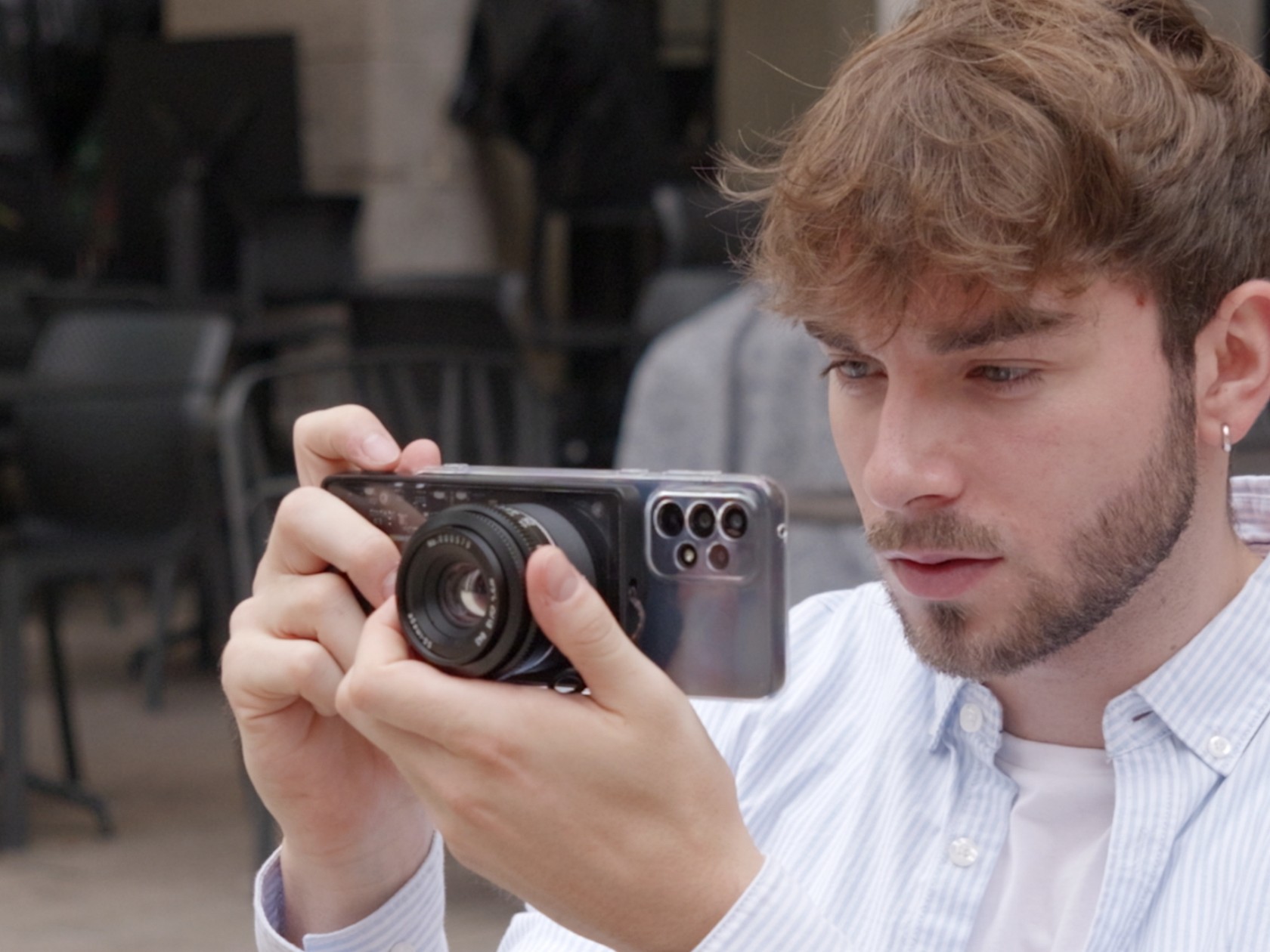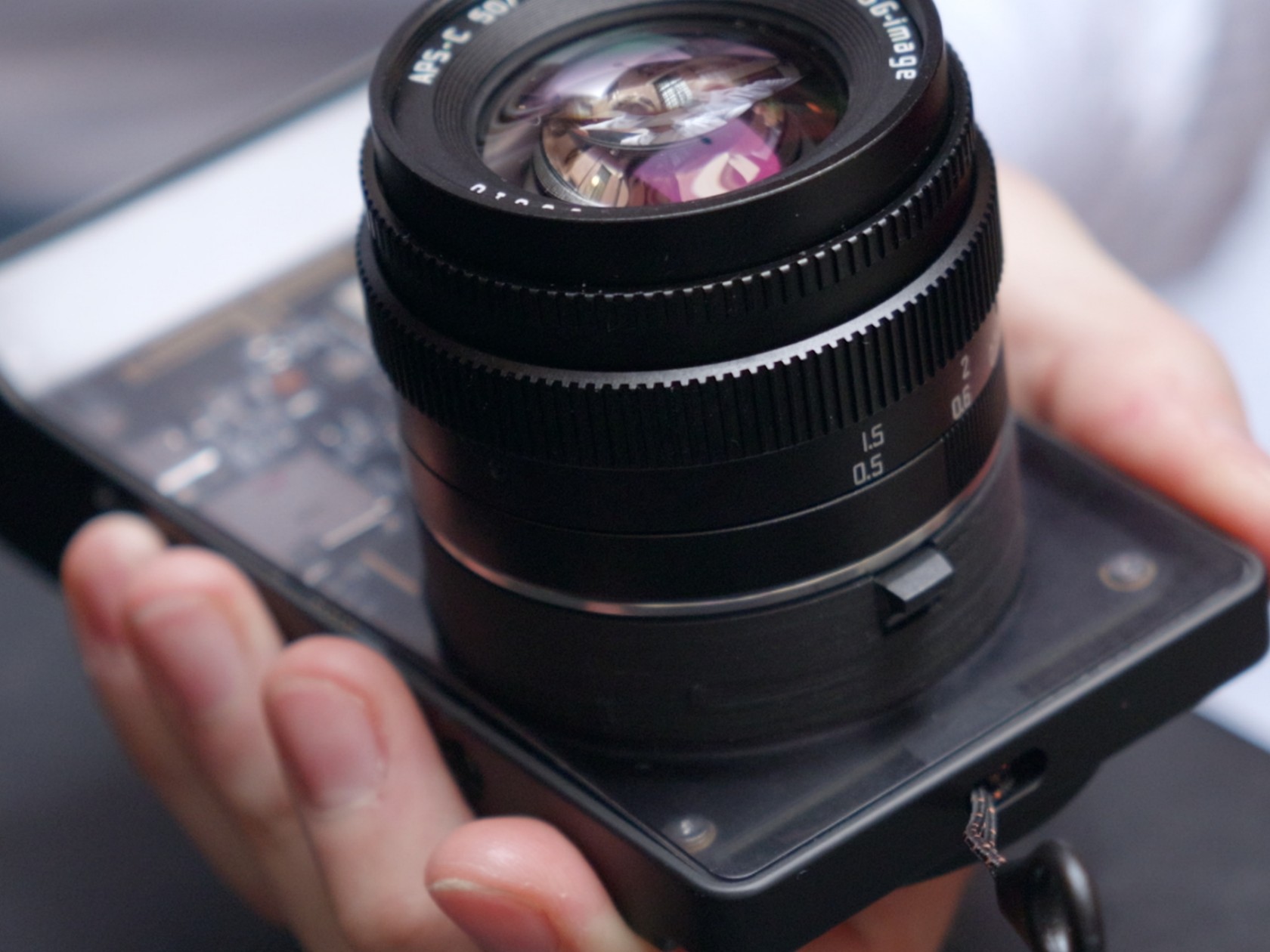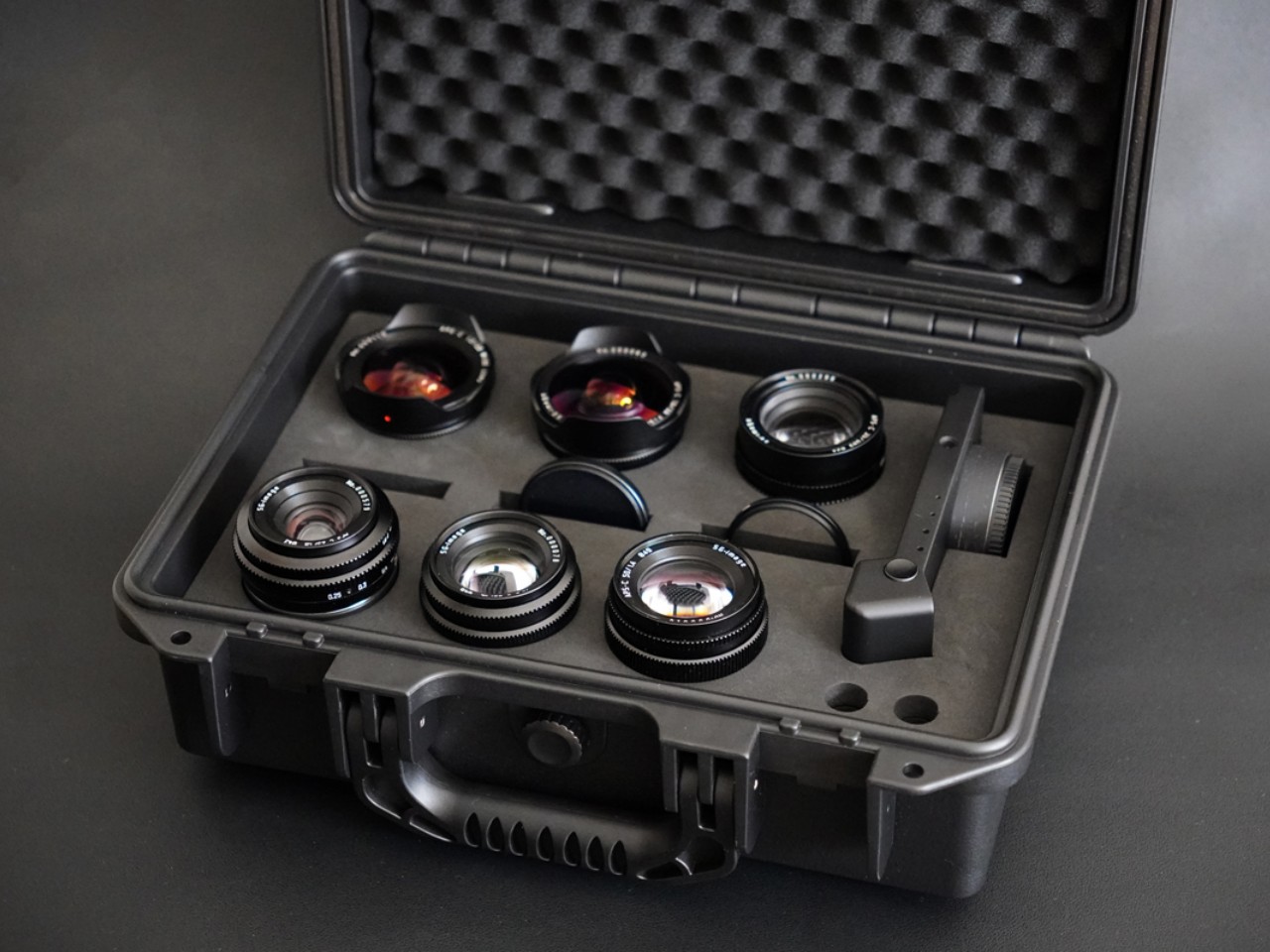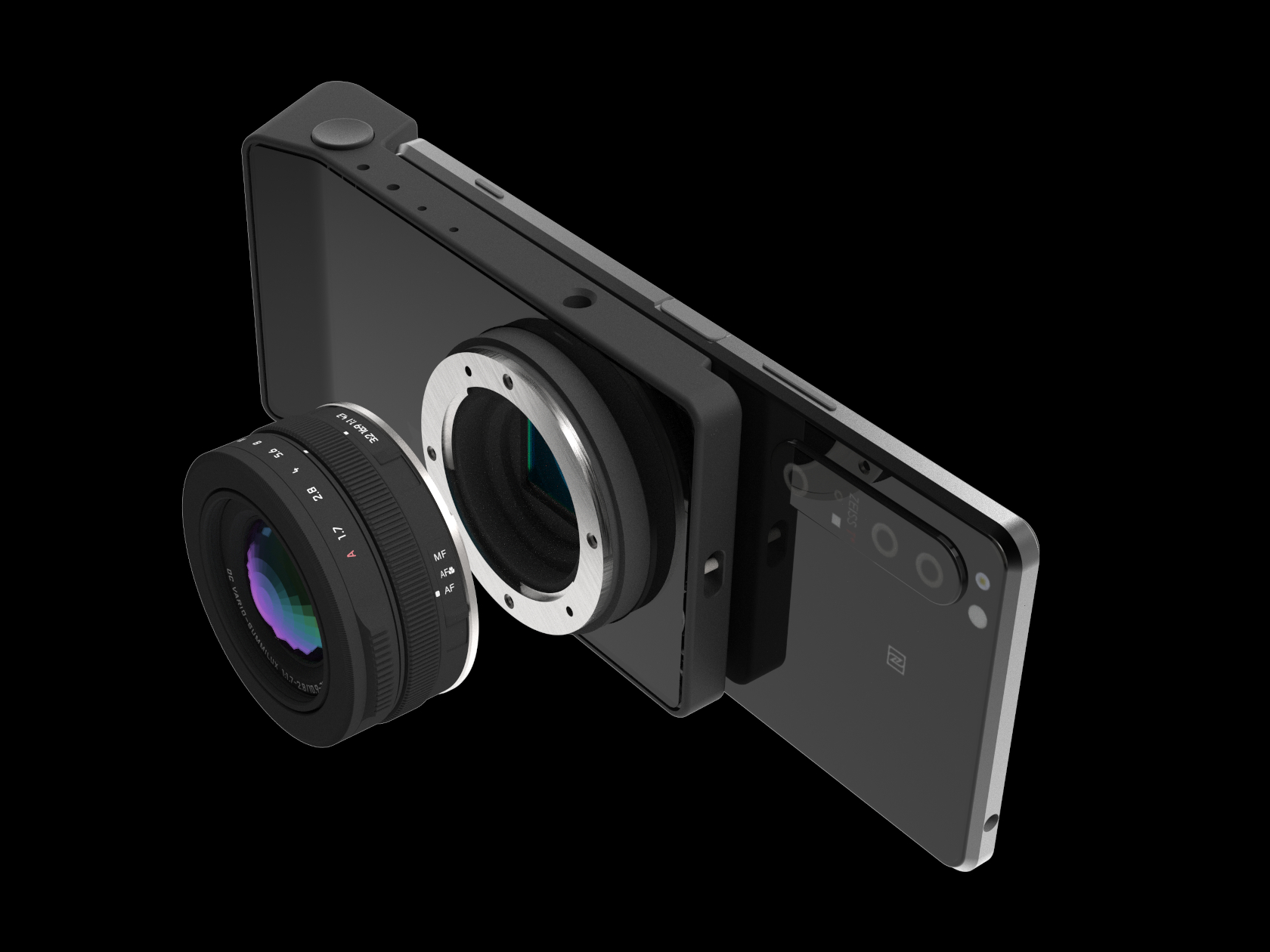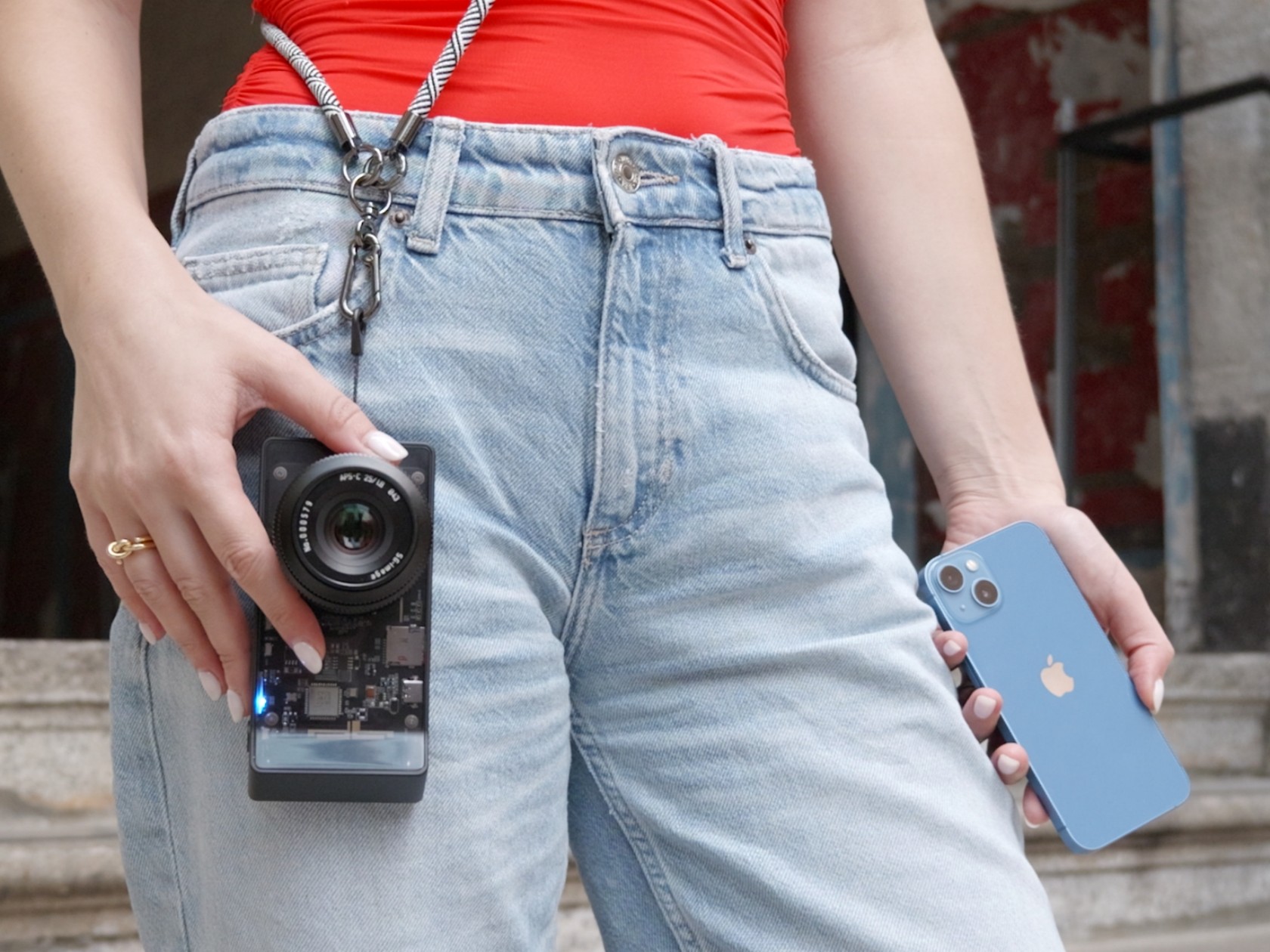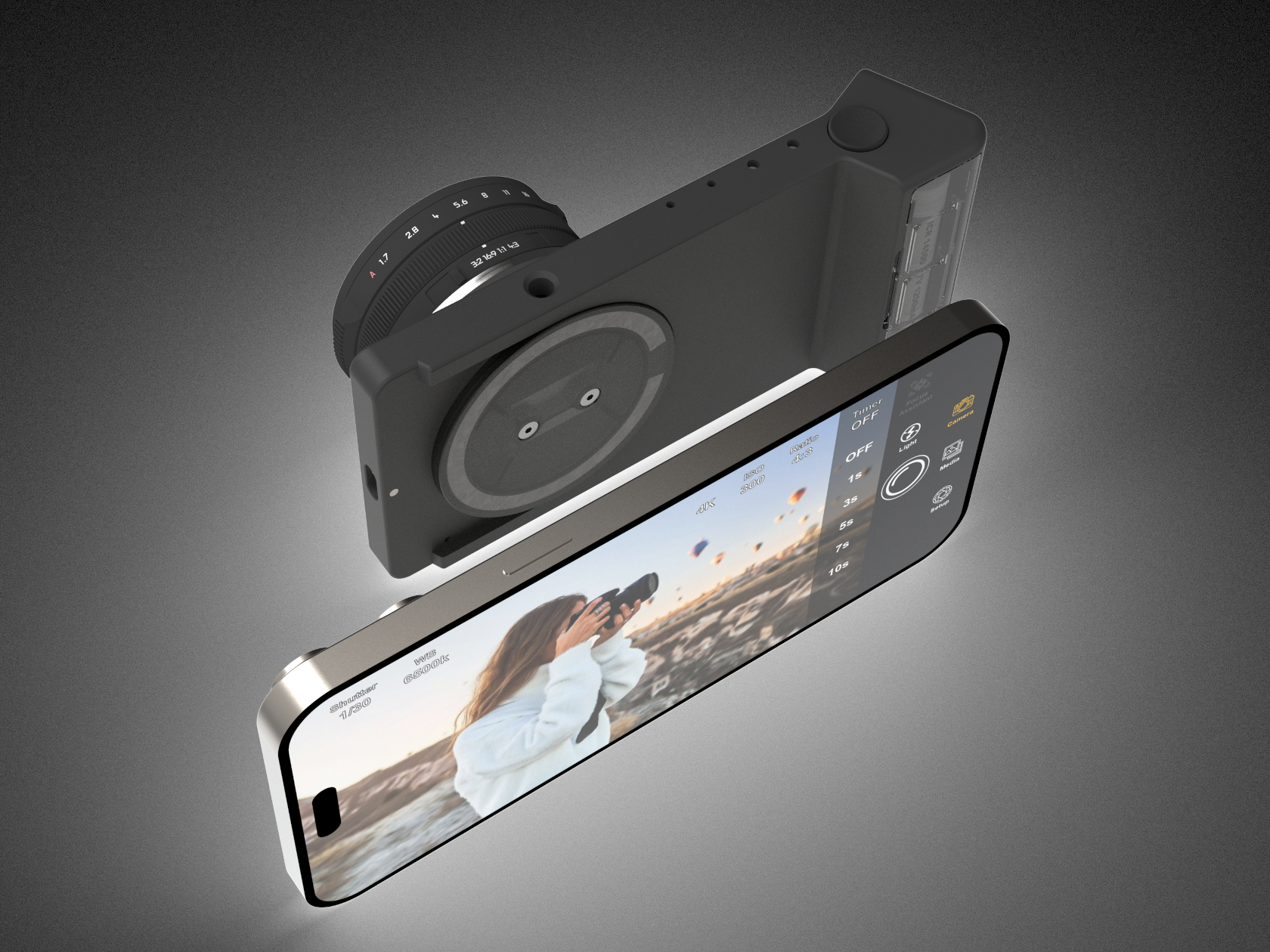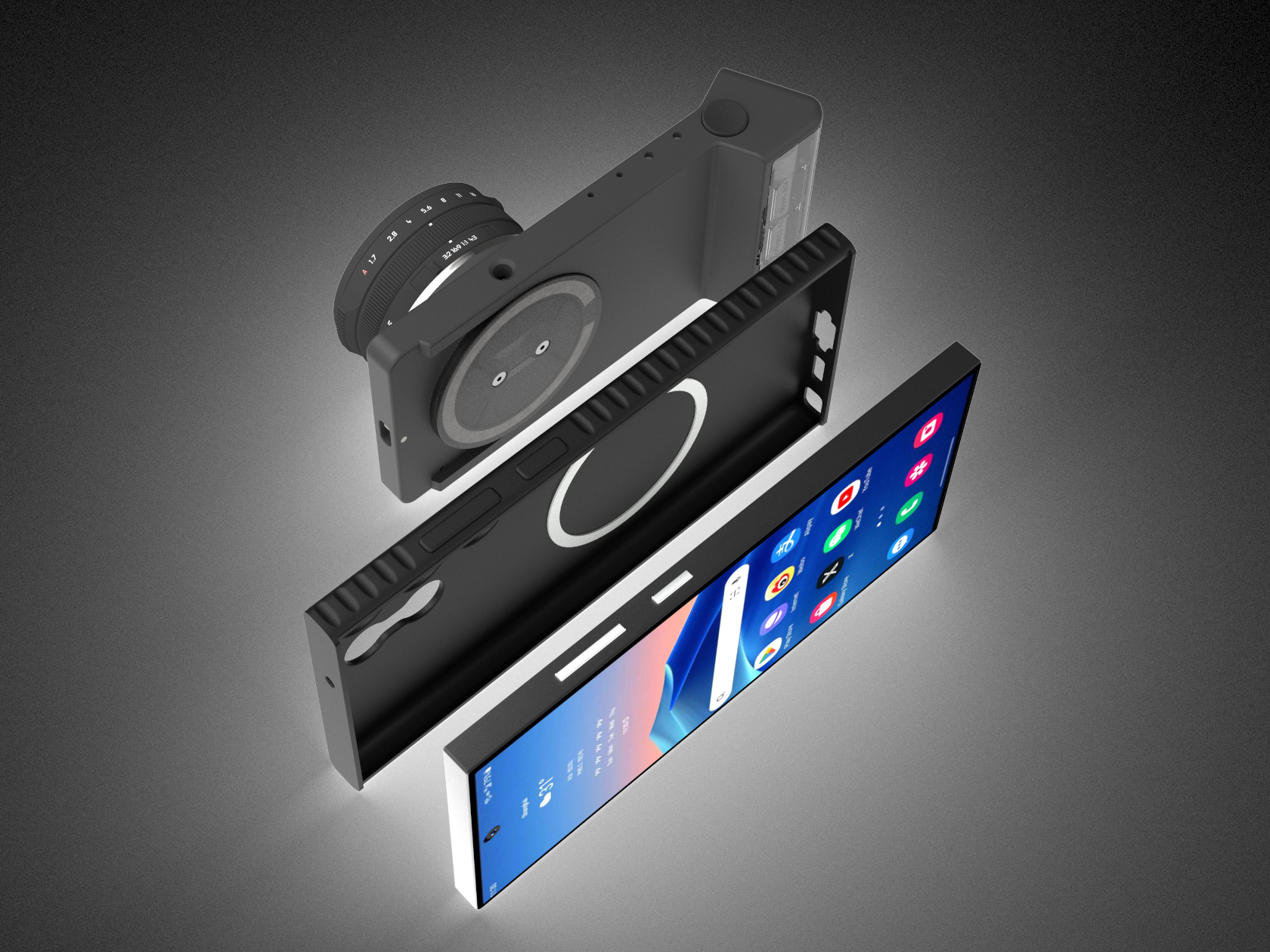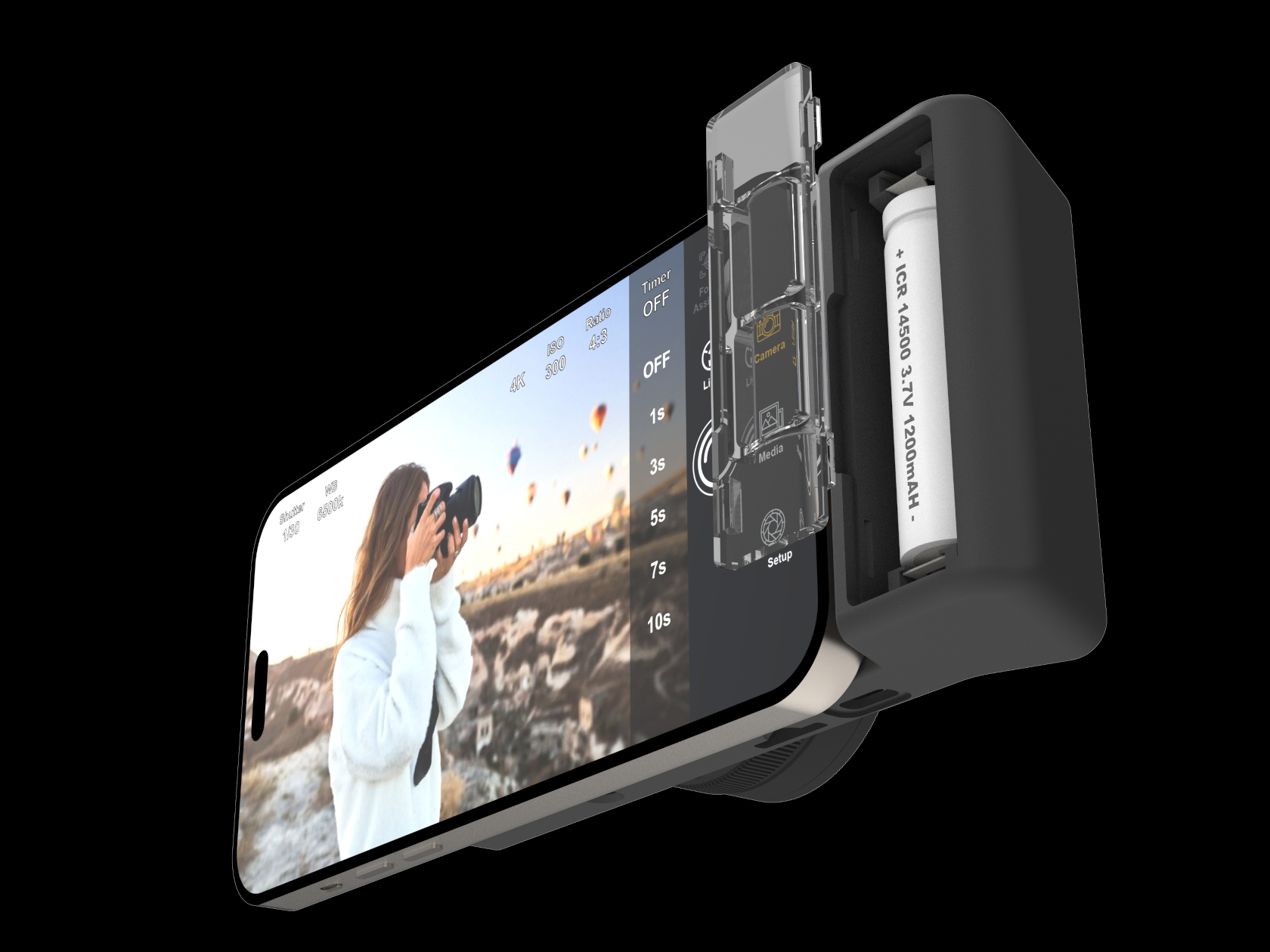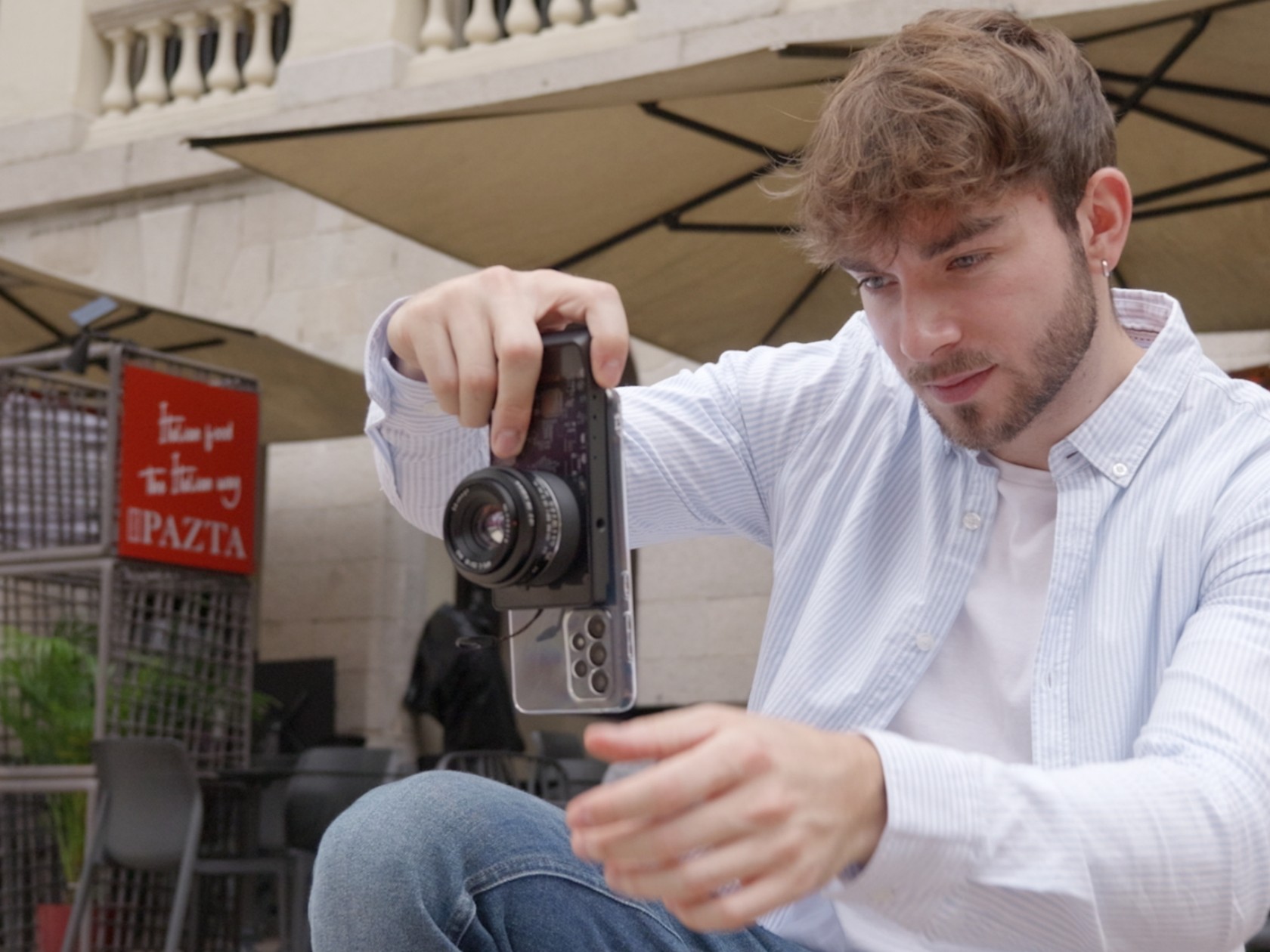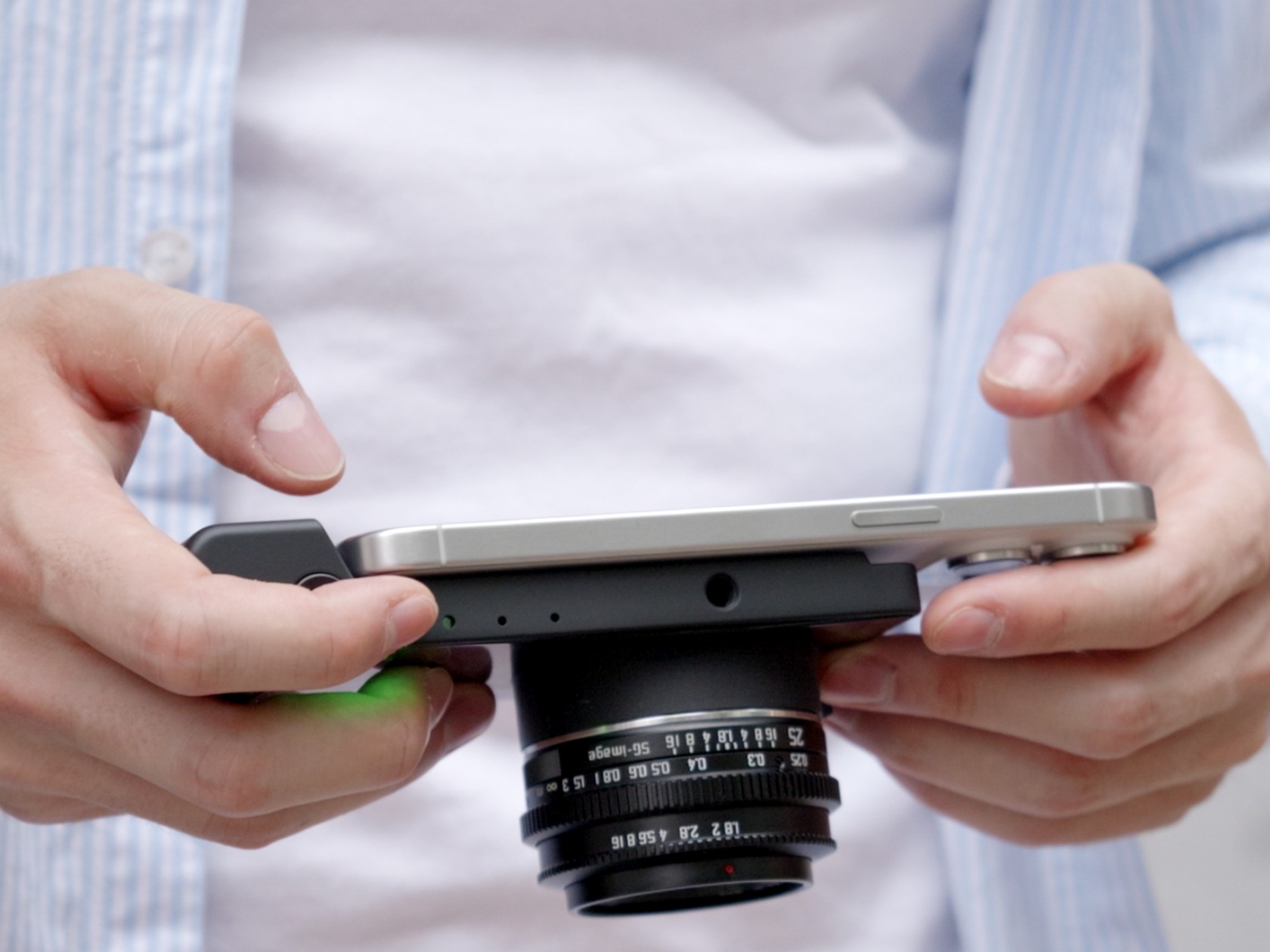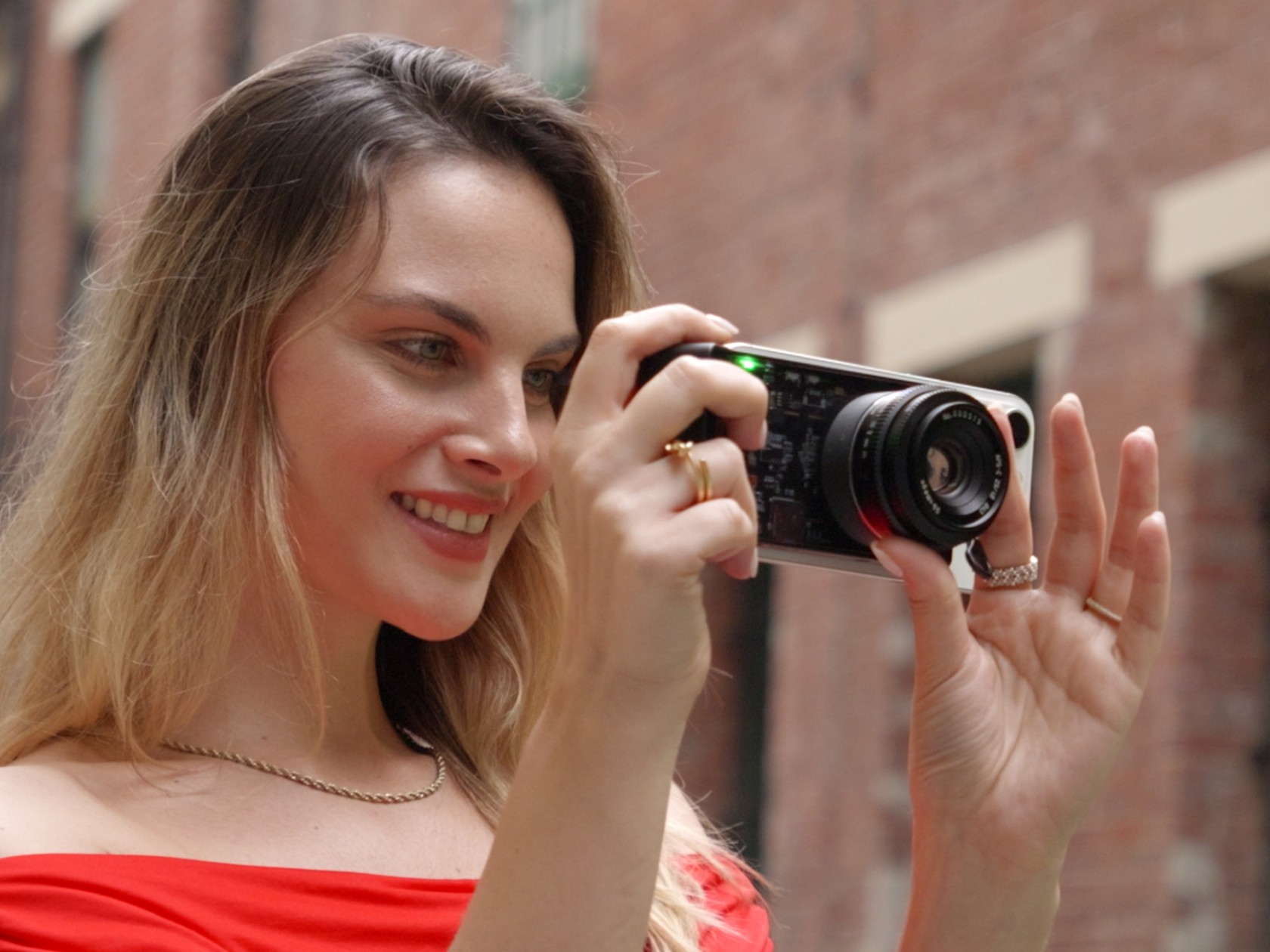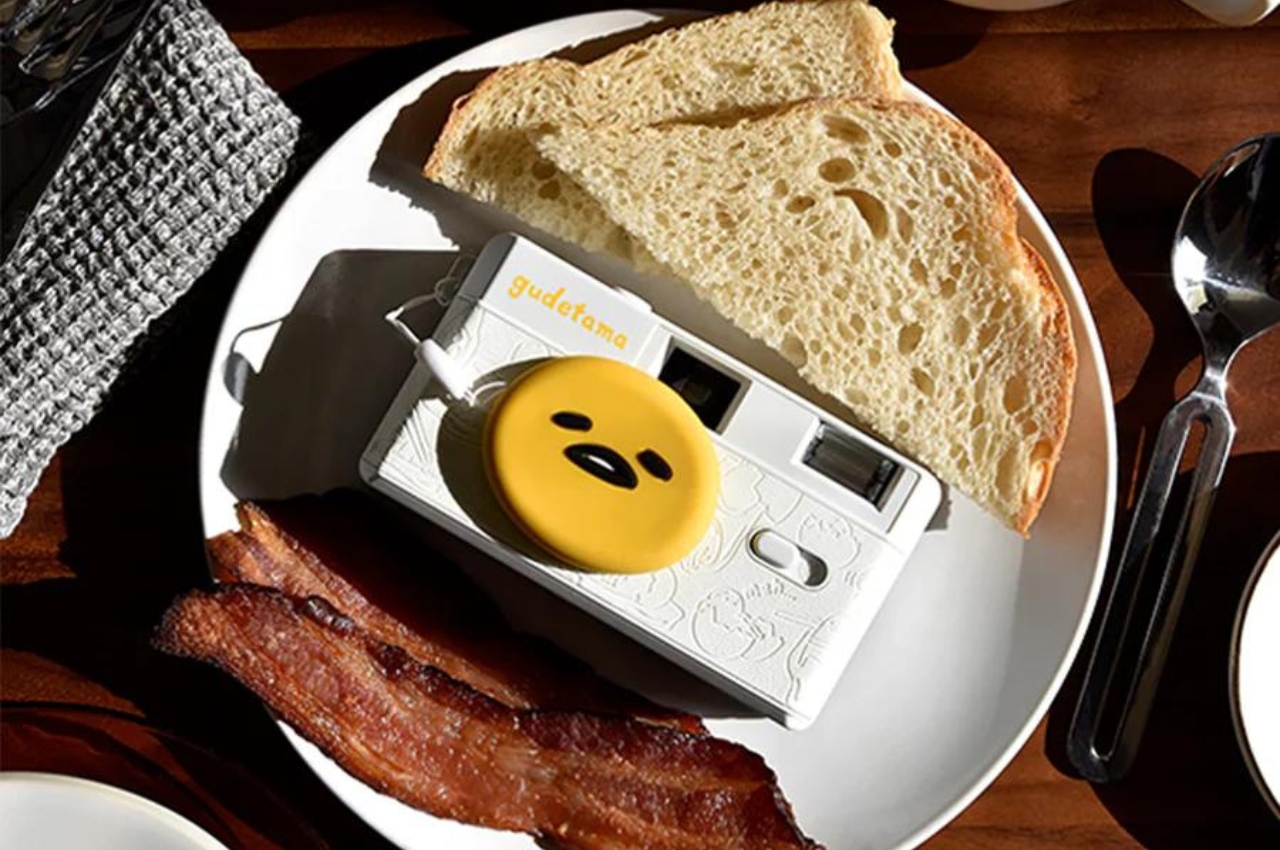
Thanks to the popularity of smartphone cameras, photography is no longer something limited to seasoned veterans, a term that’s often applied to older people. The younger generation has been captivated by the joys of preserving fleeting memories and sharing them with friends, whether it’s snapping up Instagram photos or using a dedicated camera for more professional-looking shots. That said, the majority of these DSLRs and mirrorless cameras still seem to be designed for those veterans who might have less colorful tastes when it comes to their equipment. It’s a bit ironic that such a tool for capturing expressions would itself lack the kind of self-expression that younger photographers thirst for, which is why Nikon is launching a limited edition Z fc camera series dressed up in a few of HERALBONY’s vibrant artwork.


Granted, there are quite a few cameras designed to capture the attention and patronage of younger customers, GenZ or otherwise. Most of these, however, are either of the Polaroid-style instant camera variety or the point-and-click cameras that have been made redundant by smartphones. Professional-level cameras, in contrast, come in the usual shades of black and gray and pretty much nothing else. They look and feel premium, mind you, but they might not have the visual impact some users might want.


That’s what makes the Nikon Z fc mirrorless camera a bit of an outlier because it actually has different color options that don’t sacrifice that premium leatherette material in the process. Admittedly, it’s not a full customization feature, but it’s the closest you’d get in this product category. With this collaboration with HERALBONY, however, there are even more exterior options, ones that convey the liveliness of youth and freedom of expression.

[Yurinoyoakeri] Masaharu Honda

[Cone Flower] Masahiro Fukui

[Joyful Time] Teppei Kasahara

[Samba] Momoko Eguchi
These four pieces come from HERALBONY’s collection of more than 2,000+ artwork, each crafted by artists with neurodiversity and disabilities. The brand’s mission to “Radiate Your Color” seems like a perfect match to Nikon cameras’ ability to capture those colors through photos and videos. With this unique Nikon Z fc edition, cameras are no longer just tools for capturing expressions and moments but become vehicles of expression as well, at least through artful camera exteriors that best capture your own aesthetic inclinations.


The four artful pieces add to the existing eight color options for the Nikon Z fc, creating a wider palette of cameras to choose from. Unfortunately, the HERALBONY cameras will be available for only a limited time and in limited quantities, with details of their availability dependent on the region. And in case you’re wondering, Nikon isn’t selling these Premium Exteriors on their own so you can’t just buy a “skin” to warp around your existing Nikon Z fc either.



The post Nikon Z fc HERALBONY limited edition cameras radiate self-expression with artful designs first appeared on Yanko Design.











